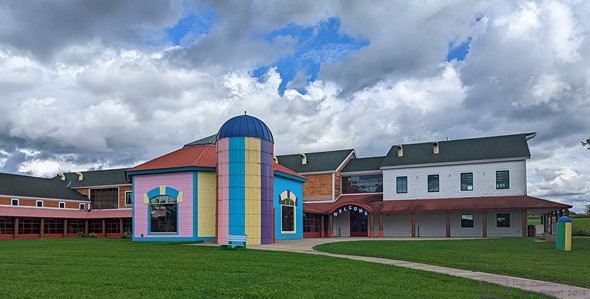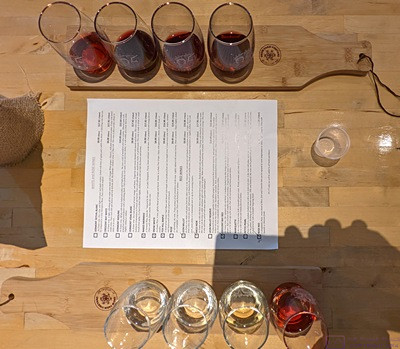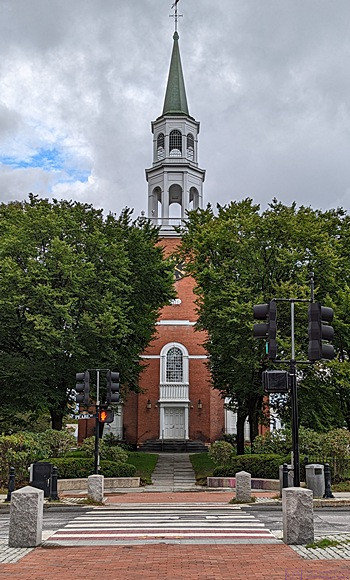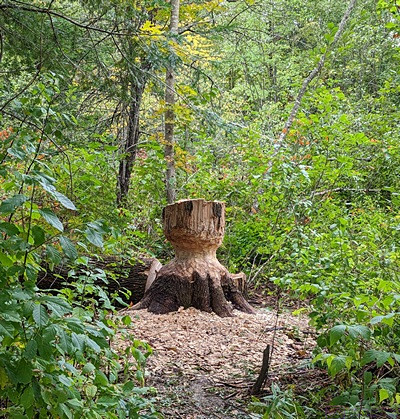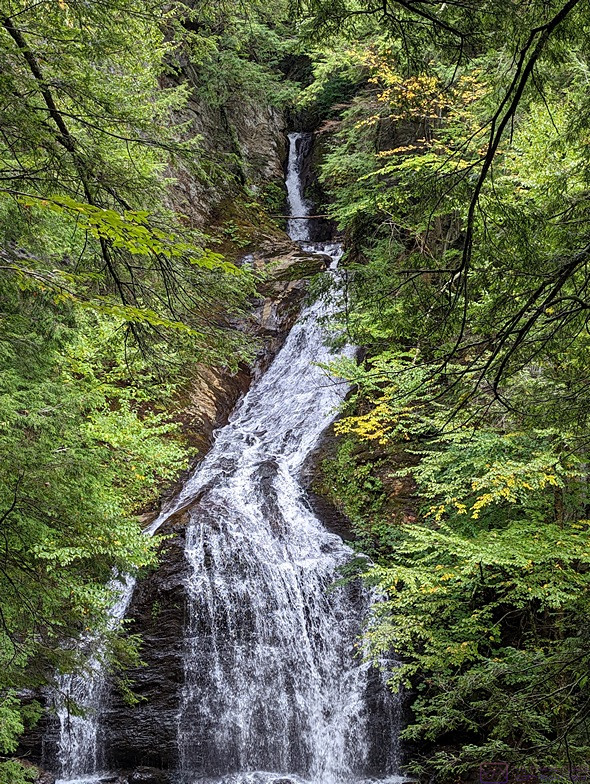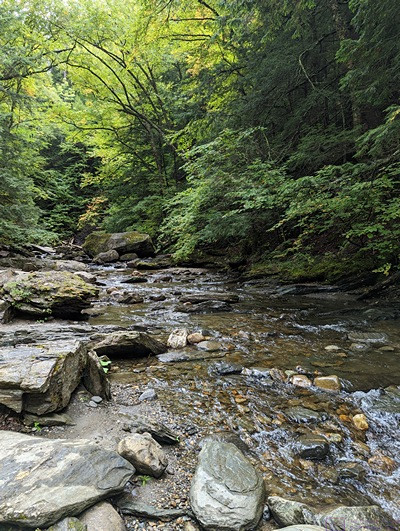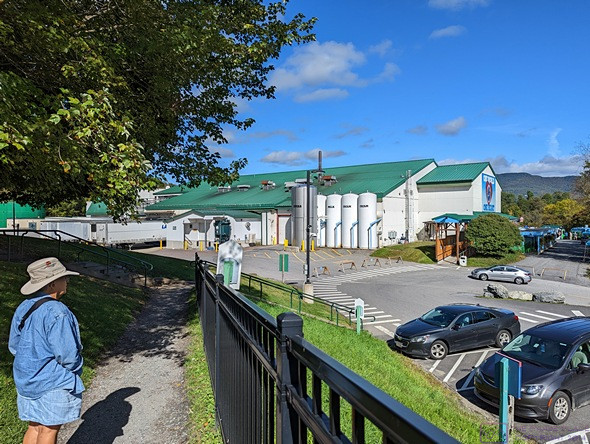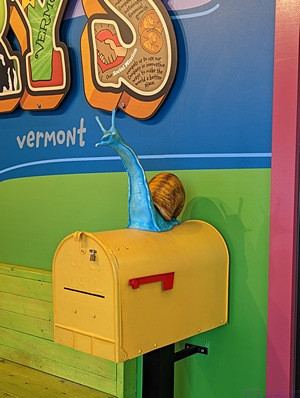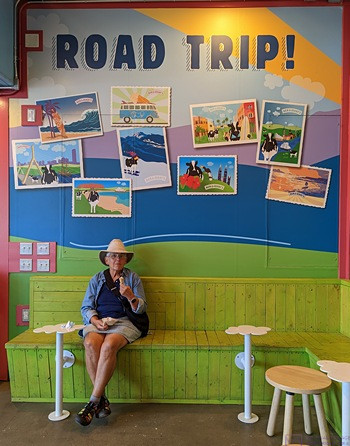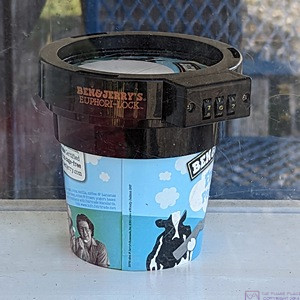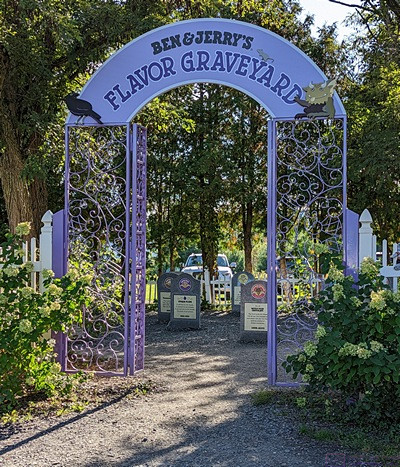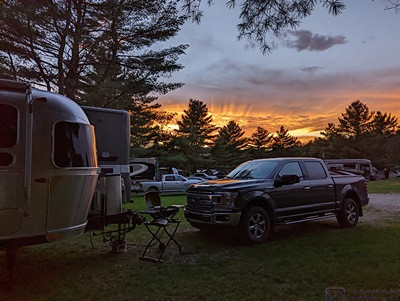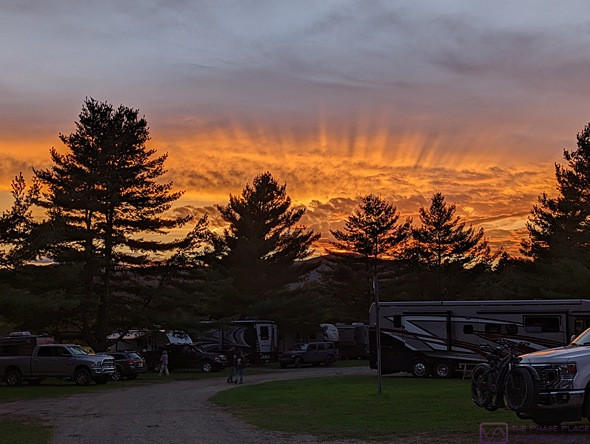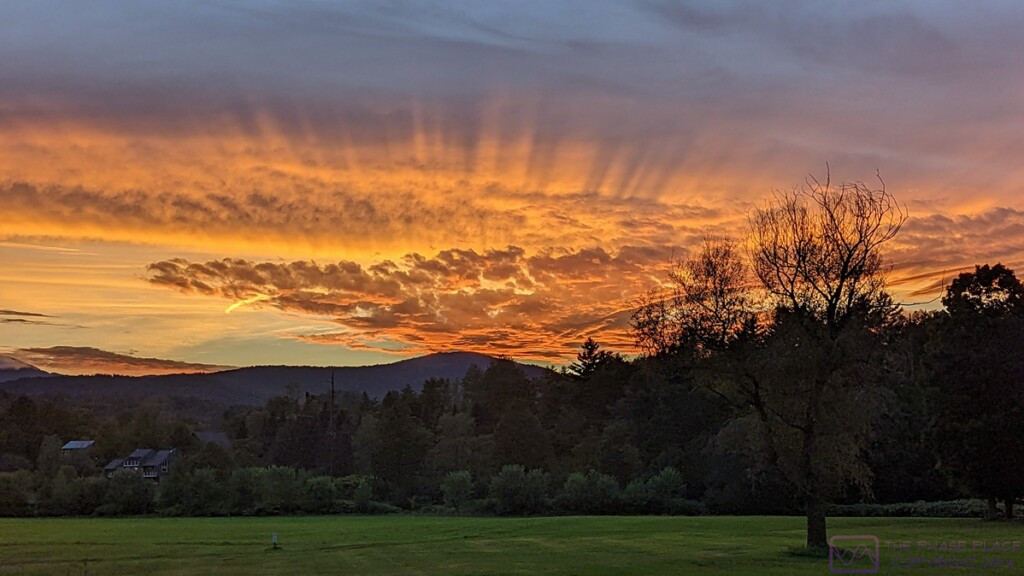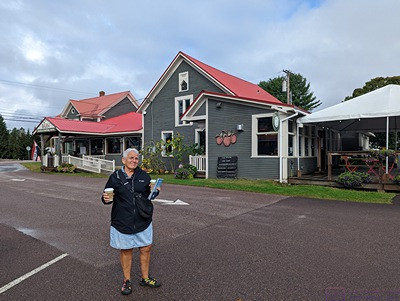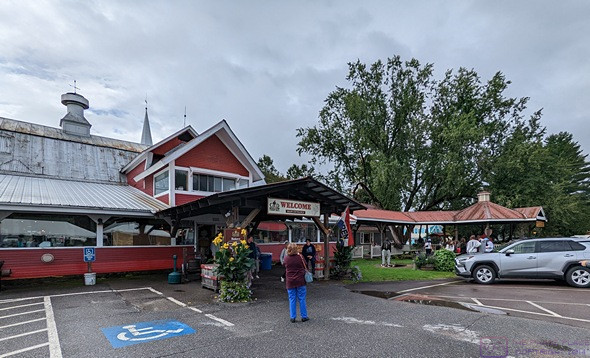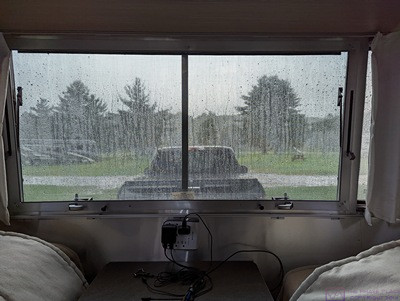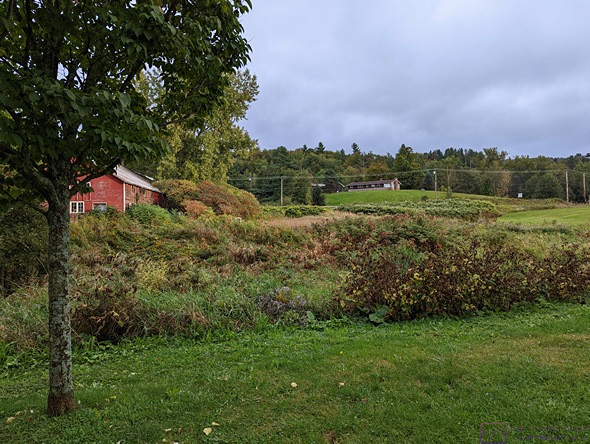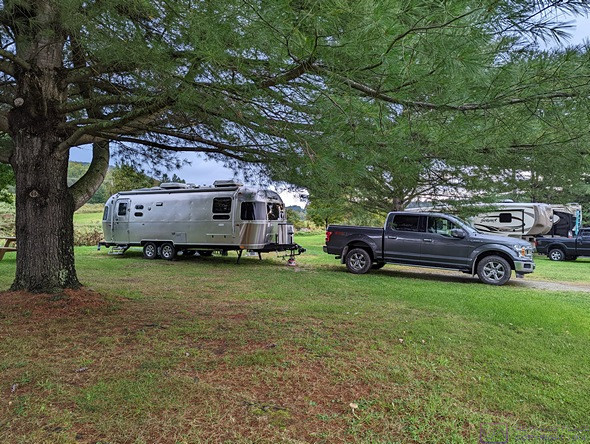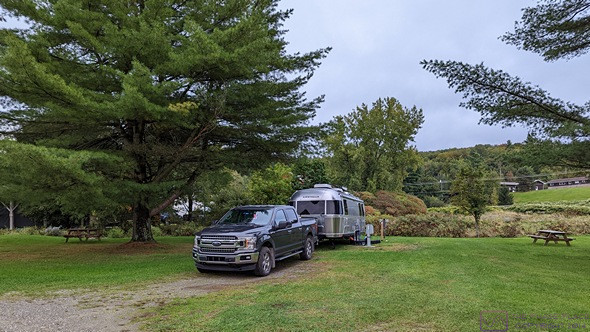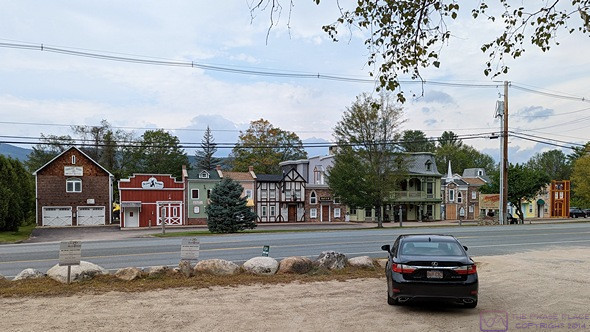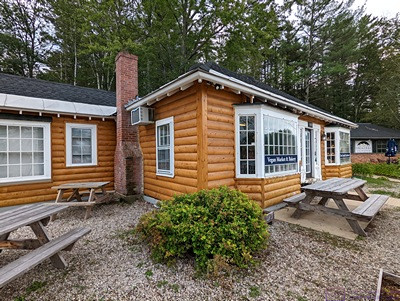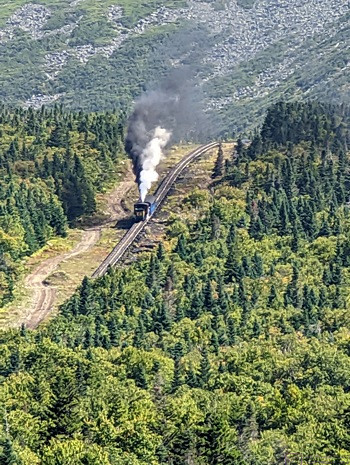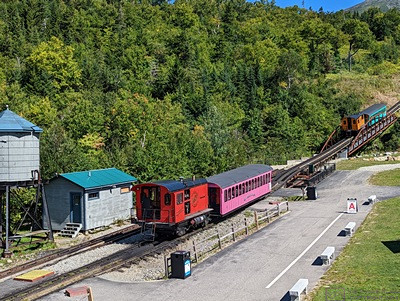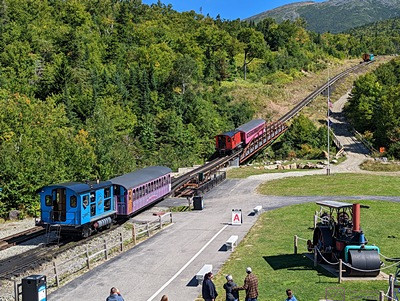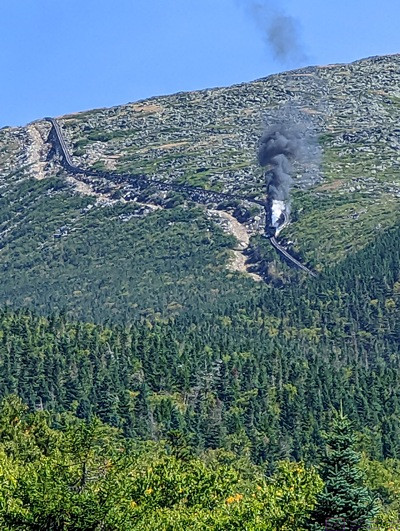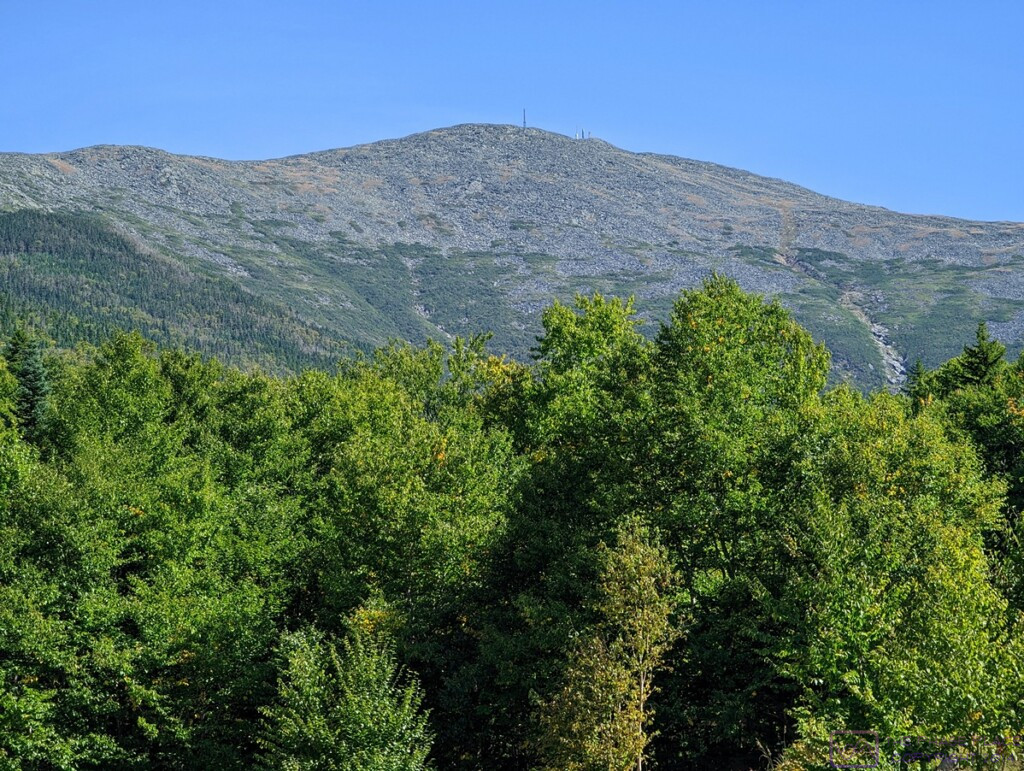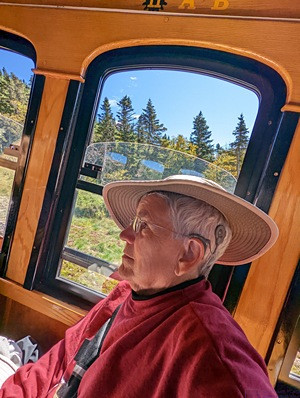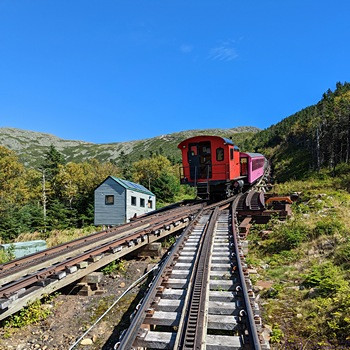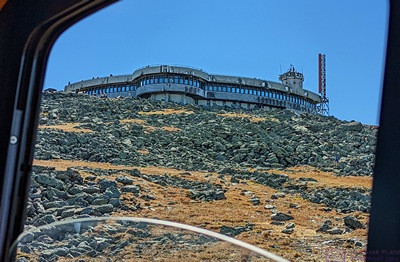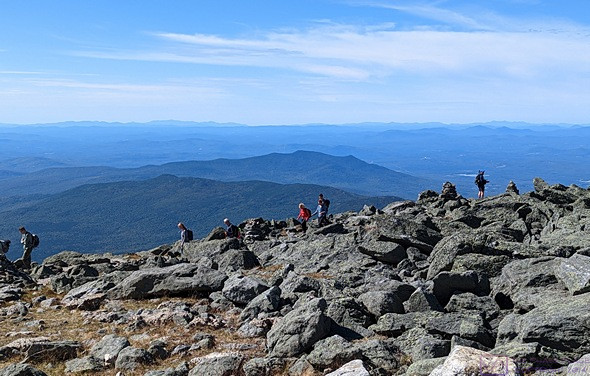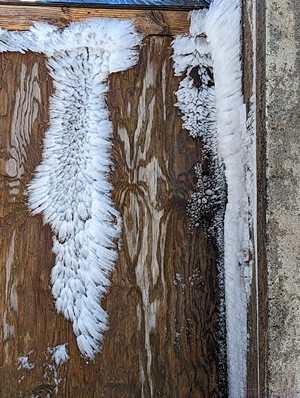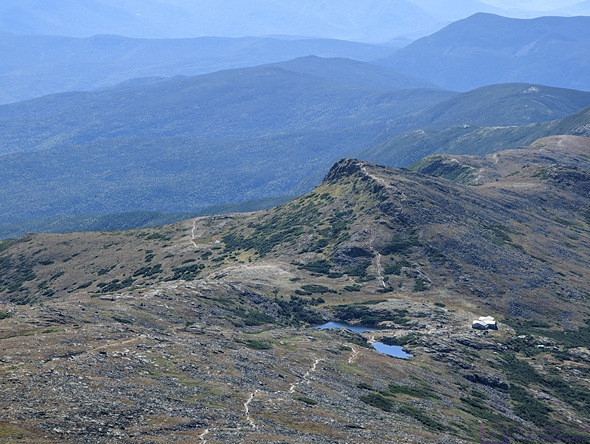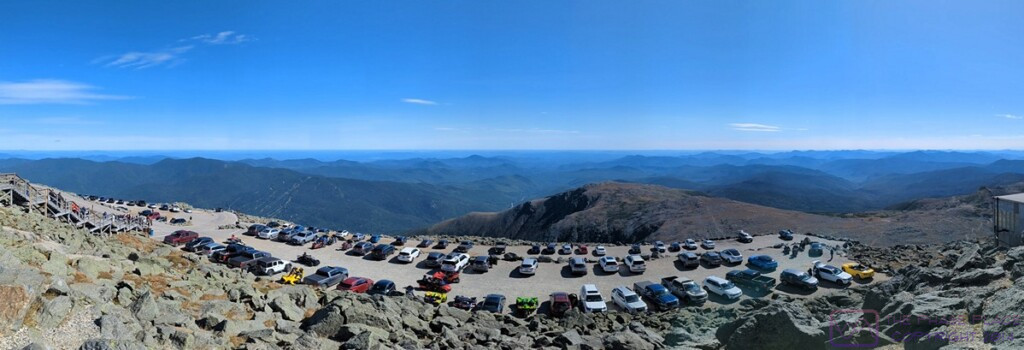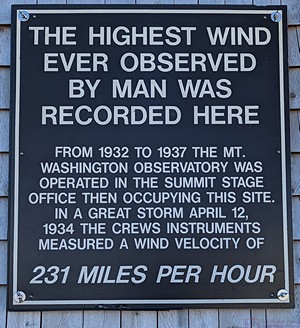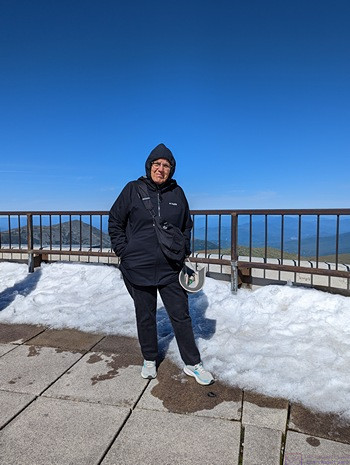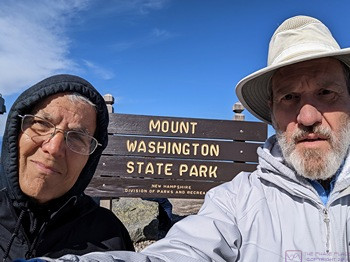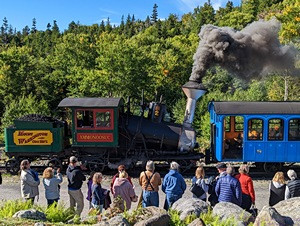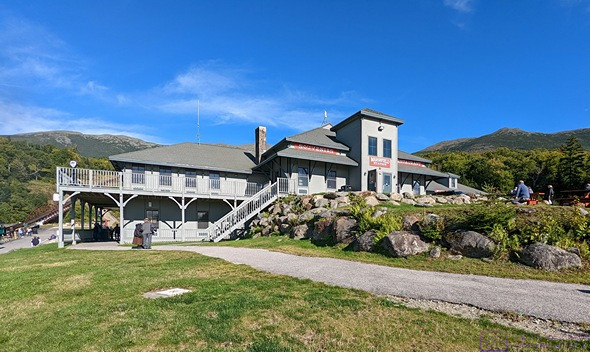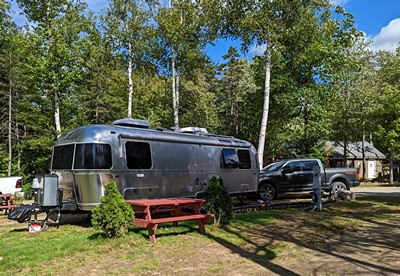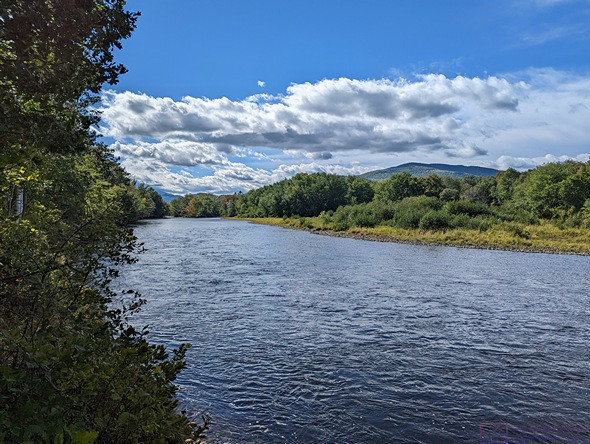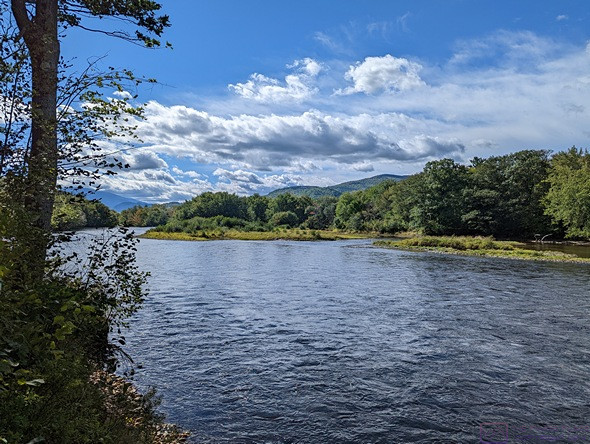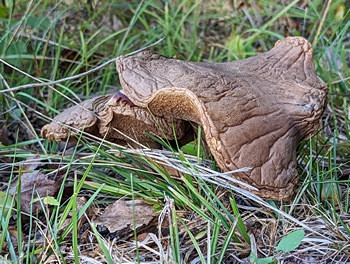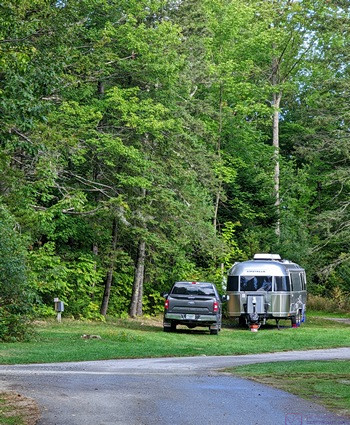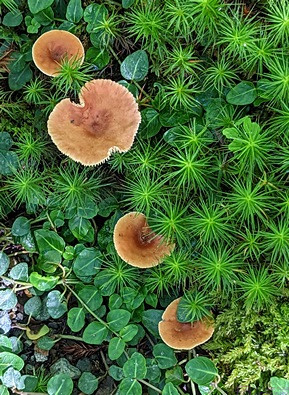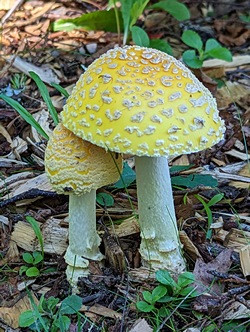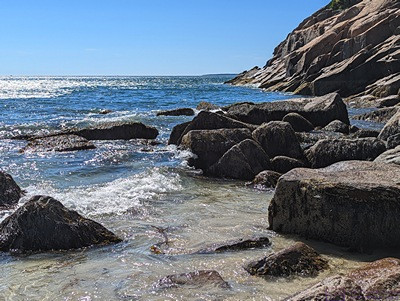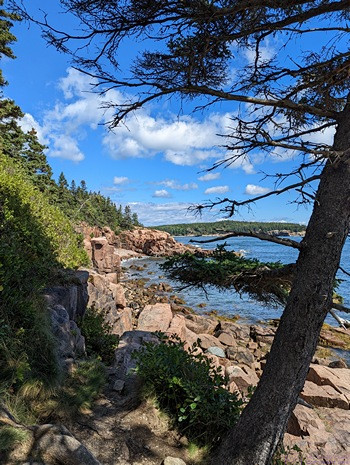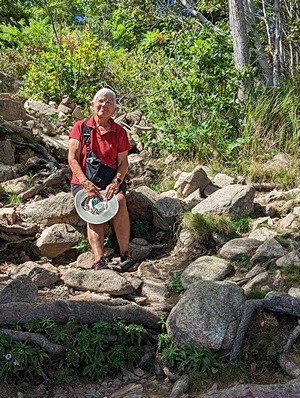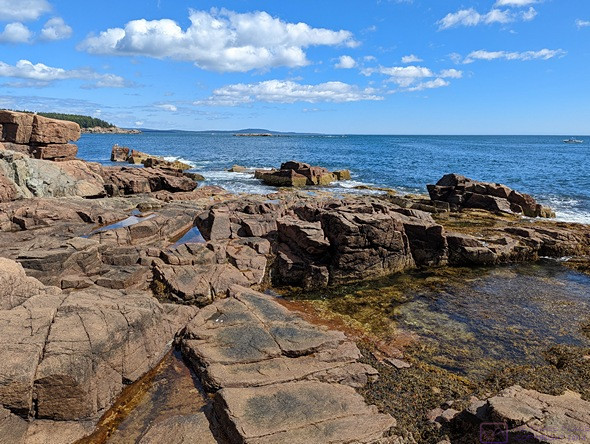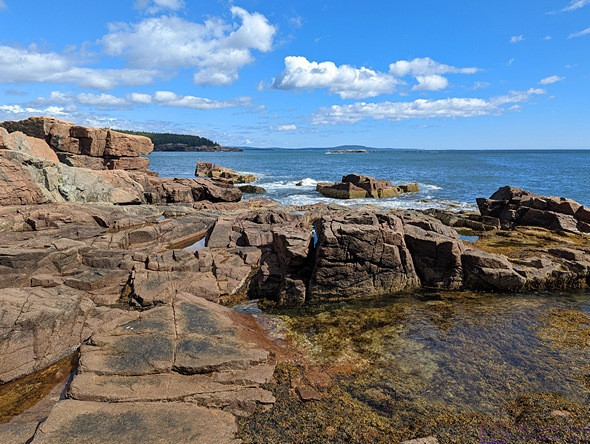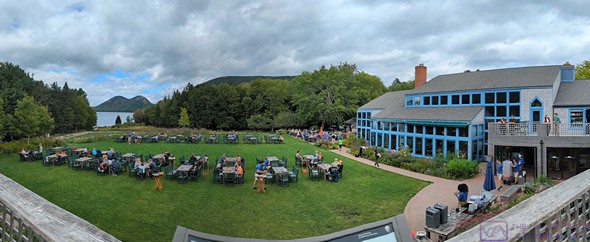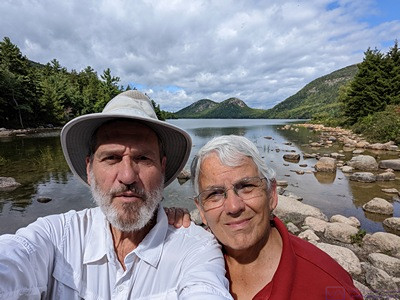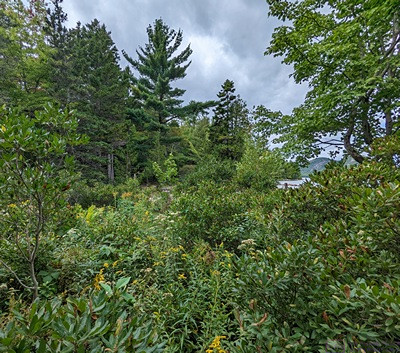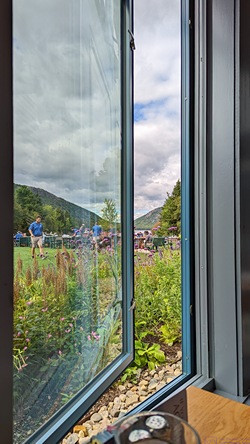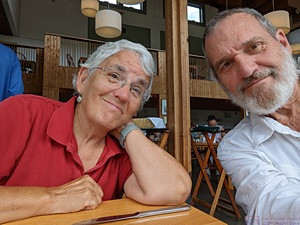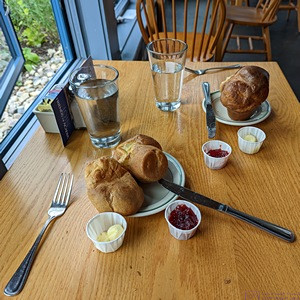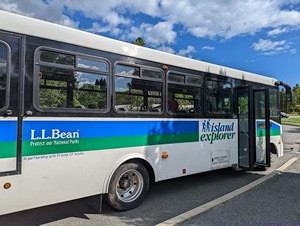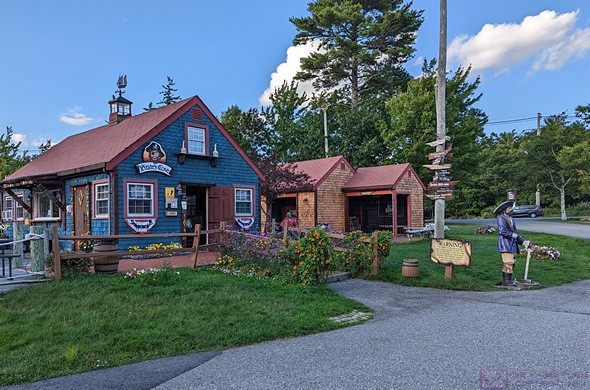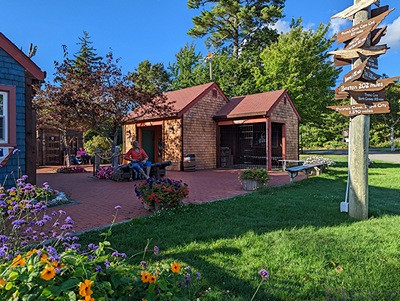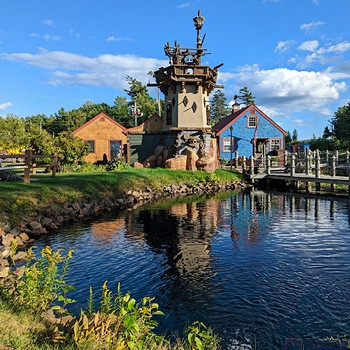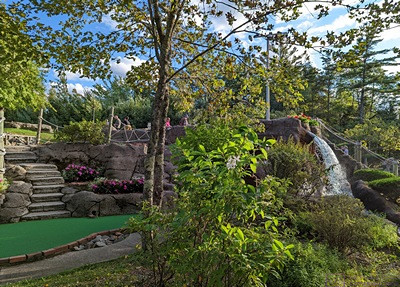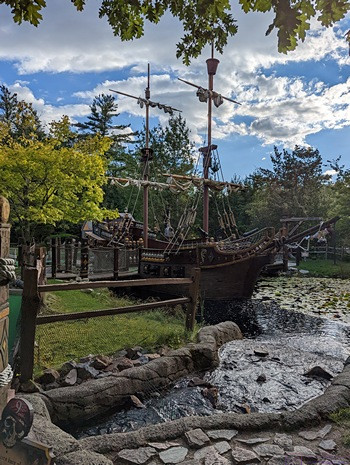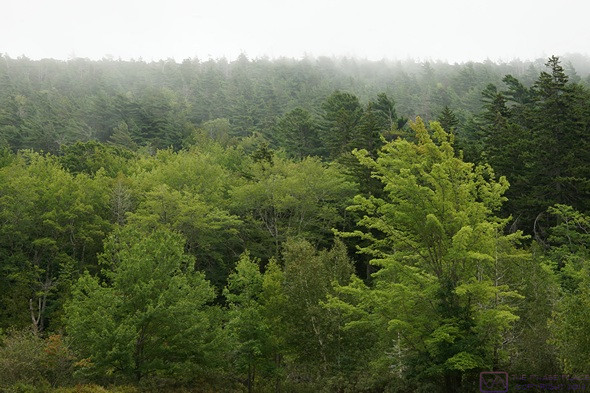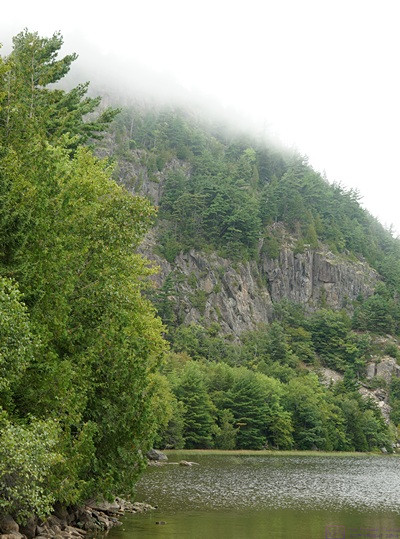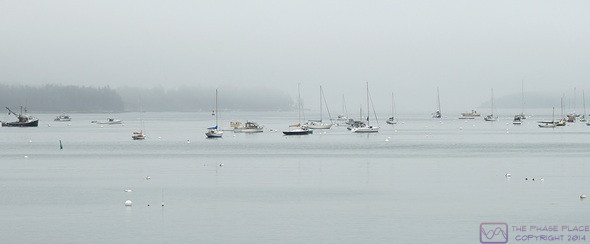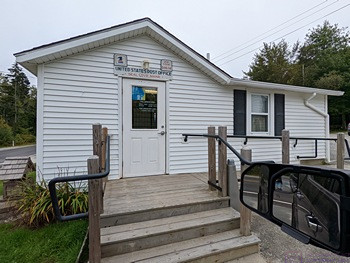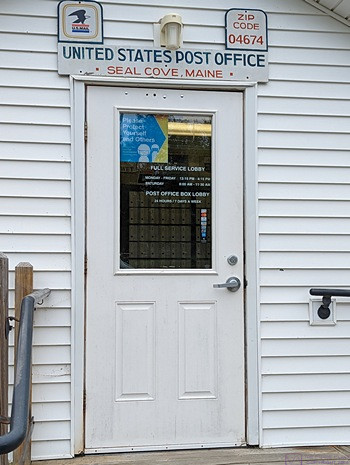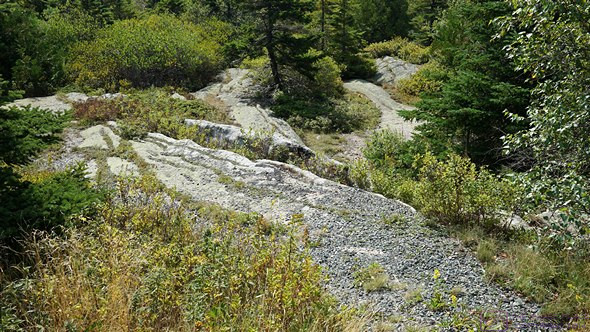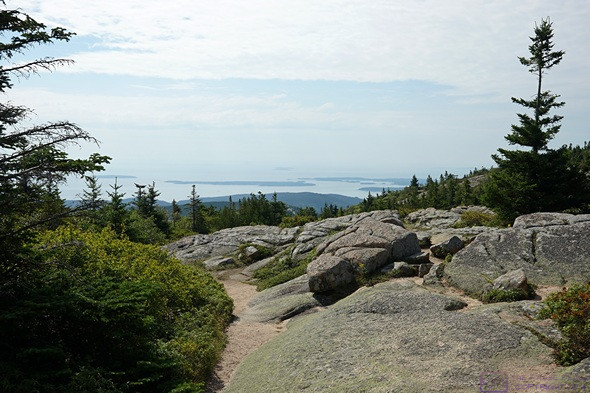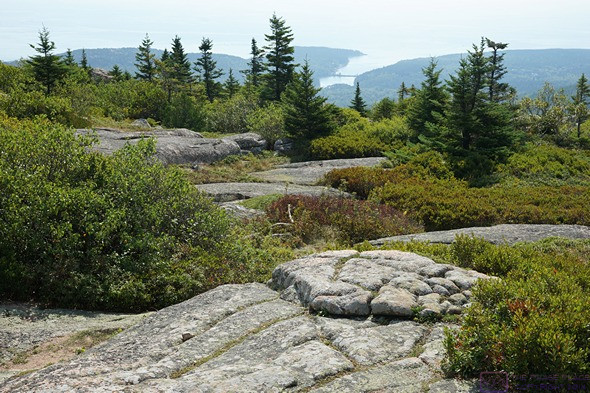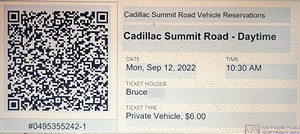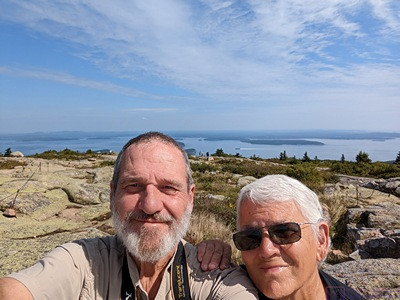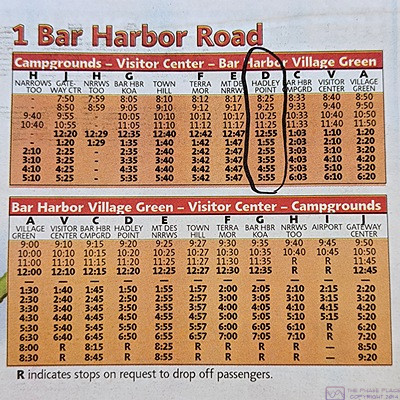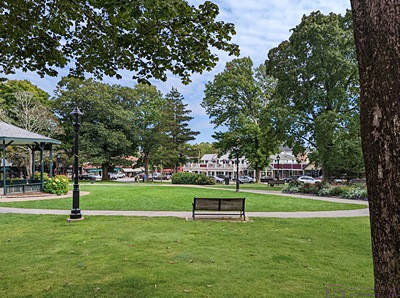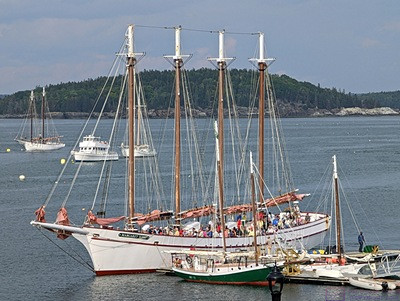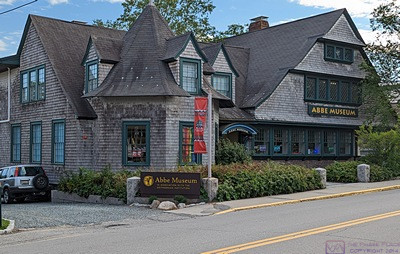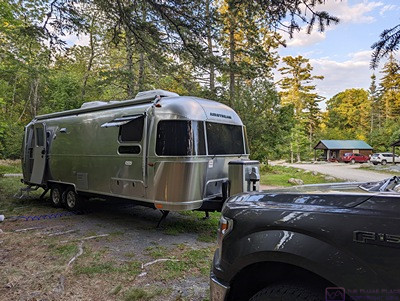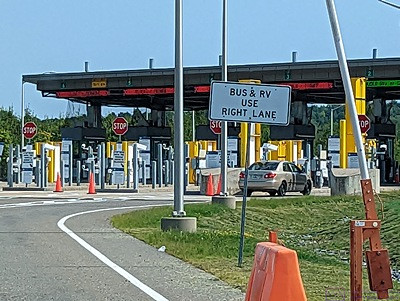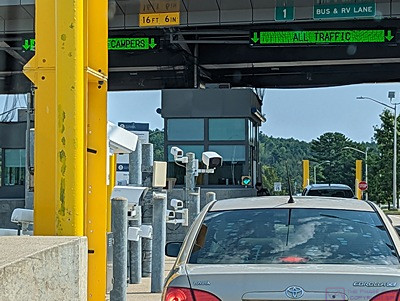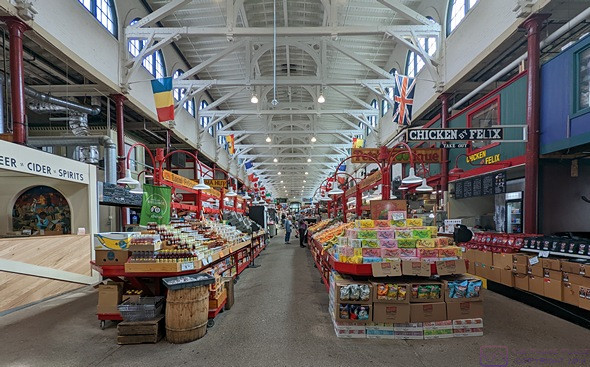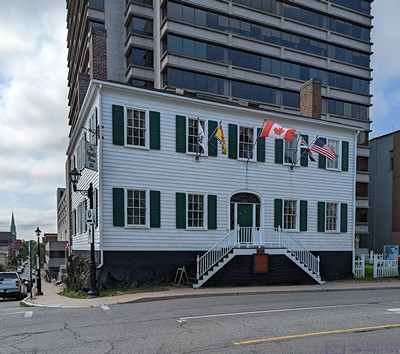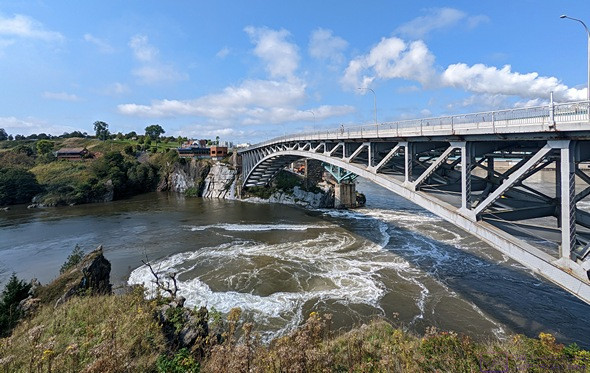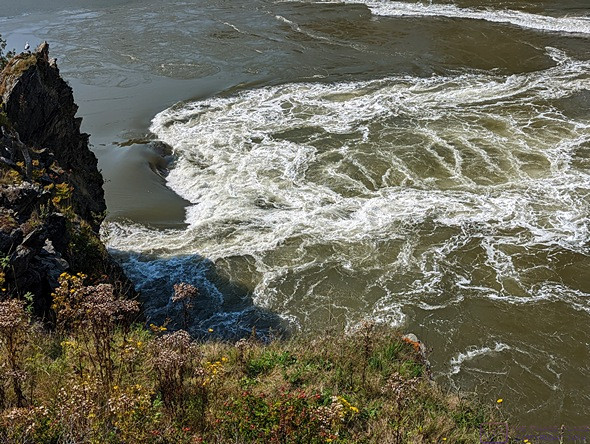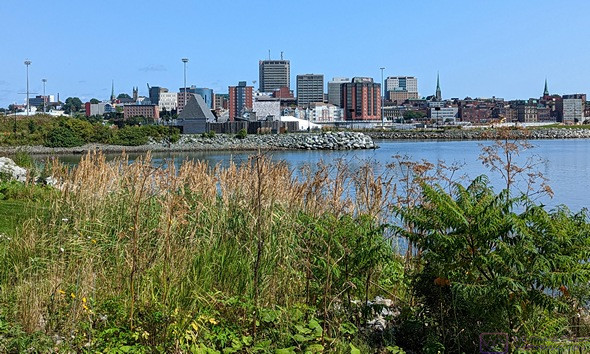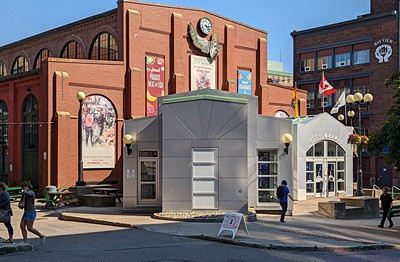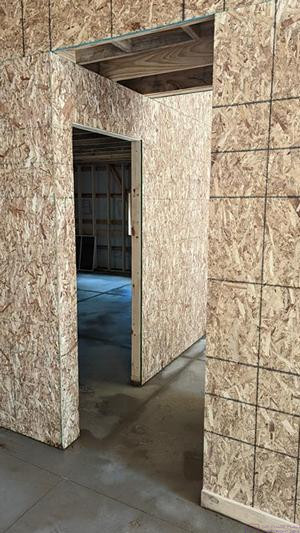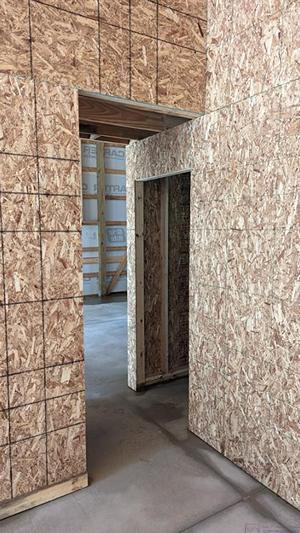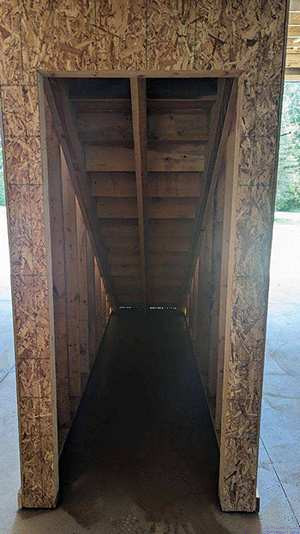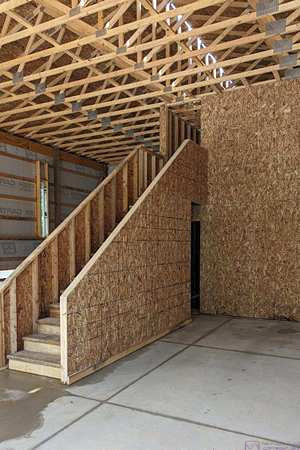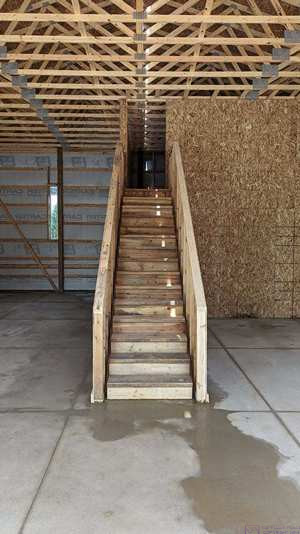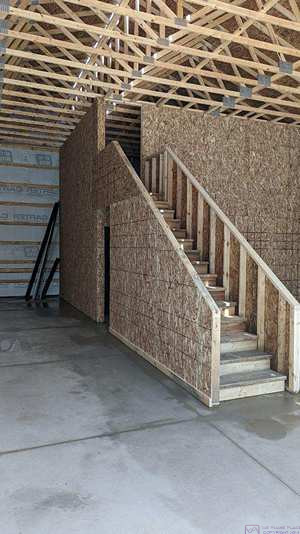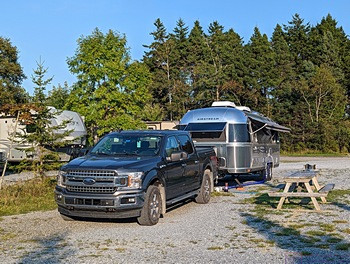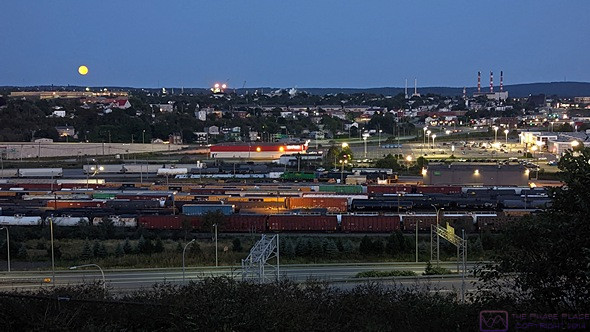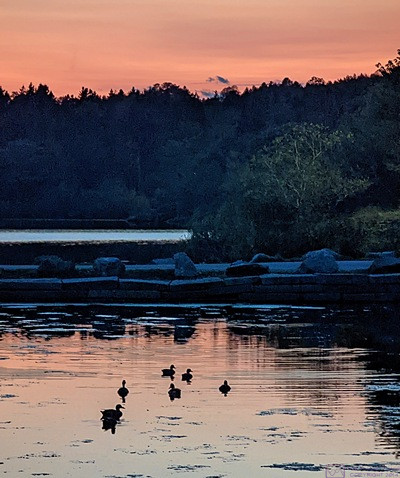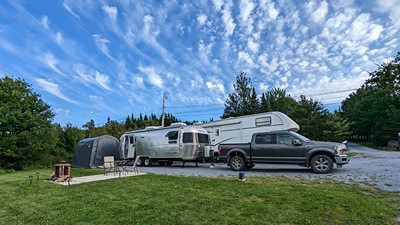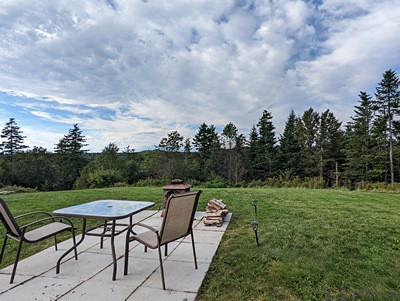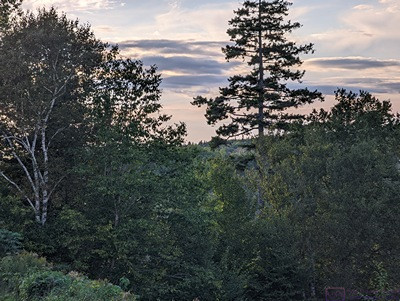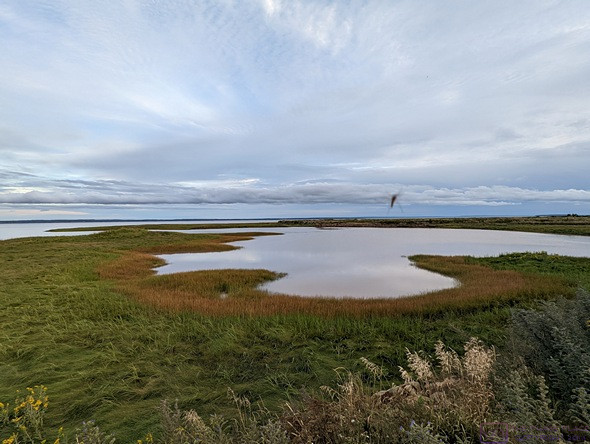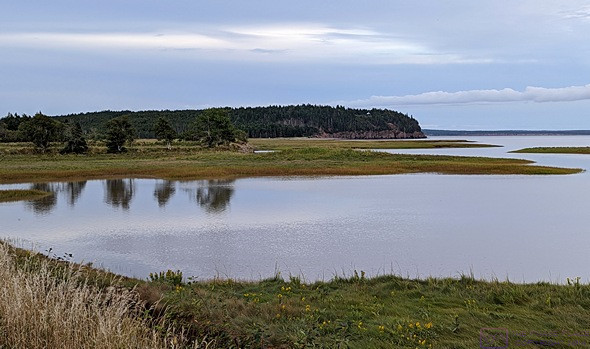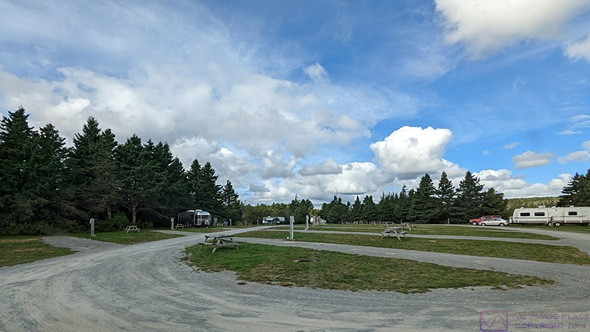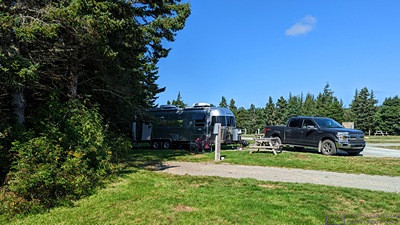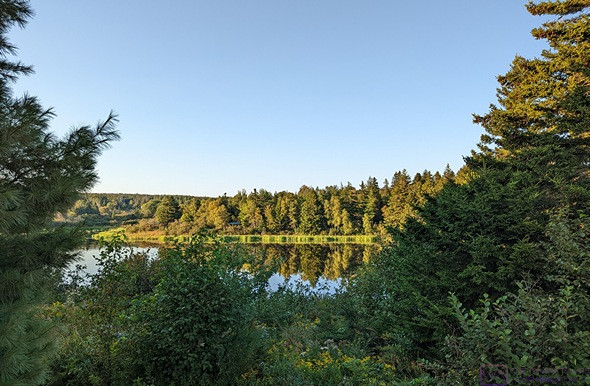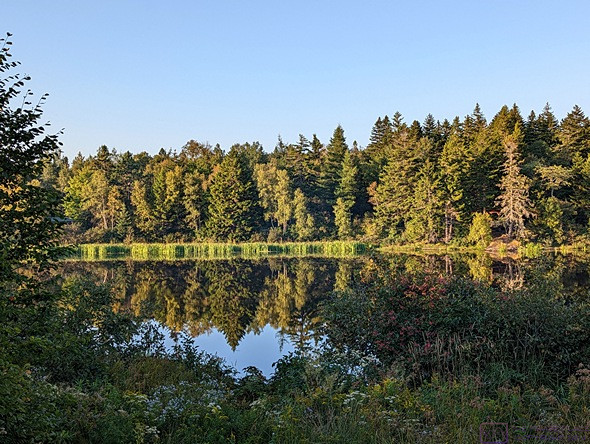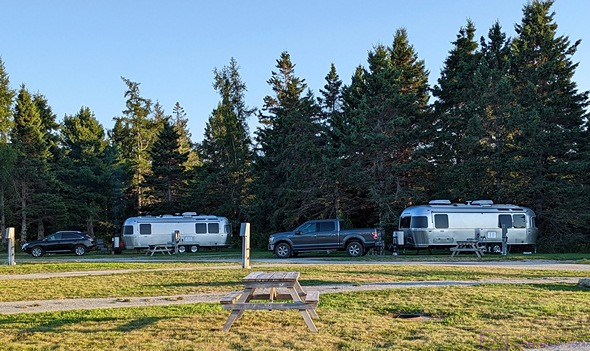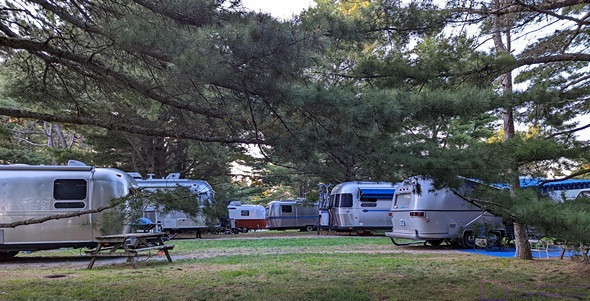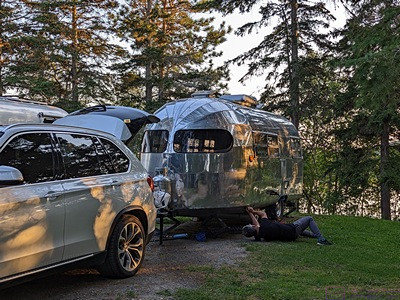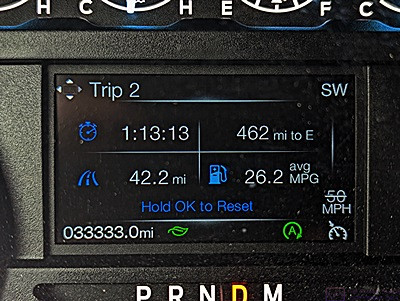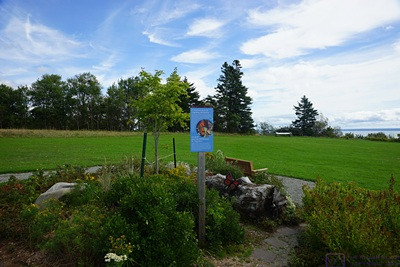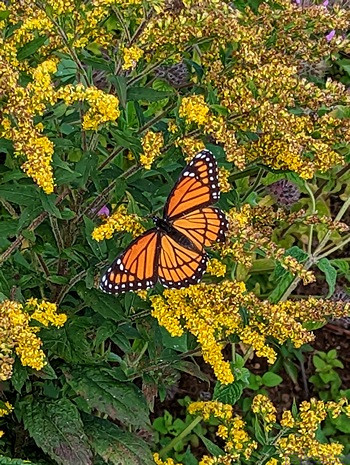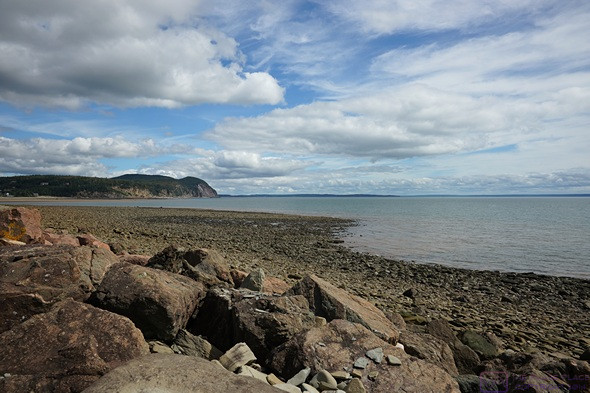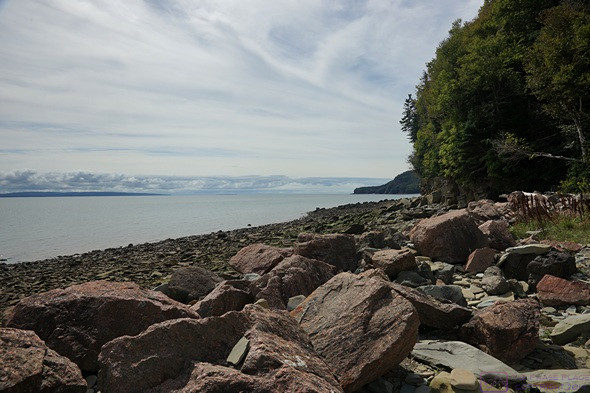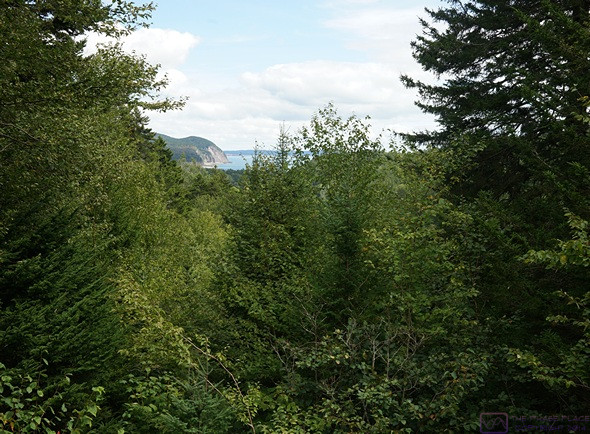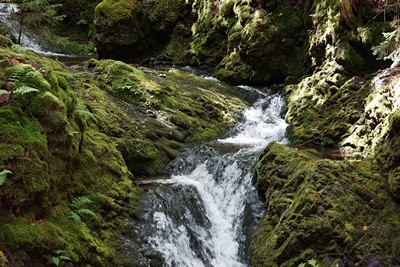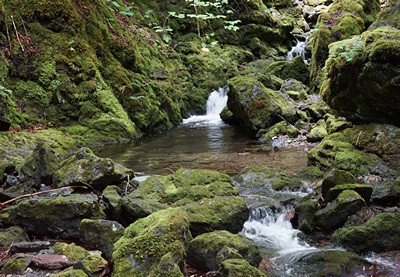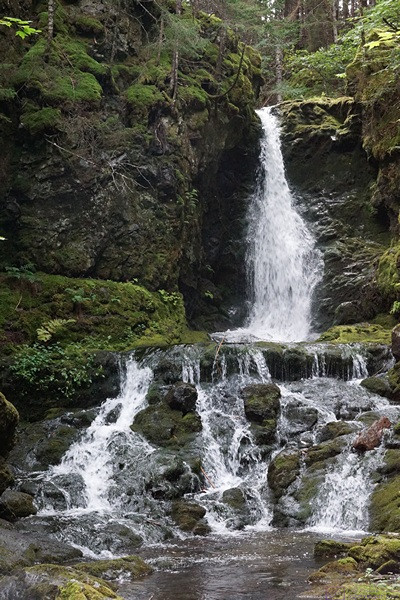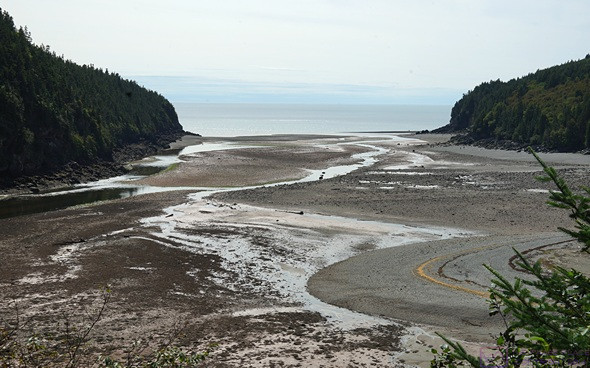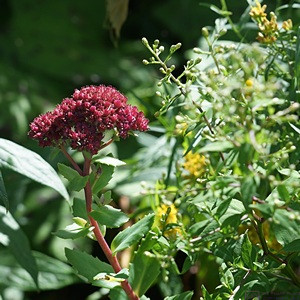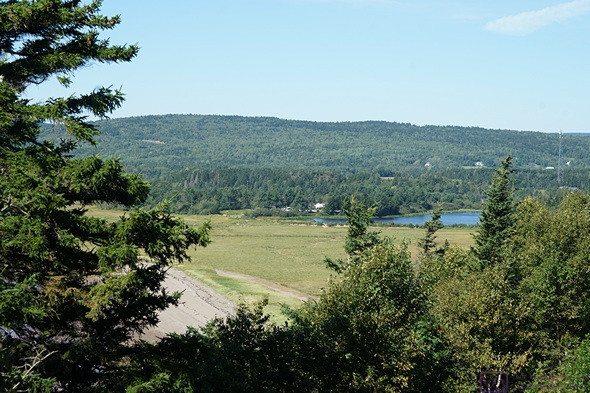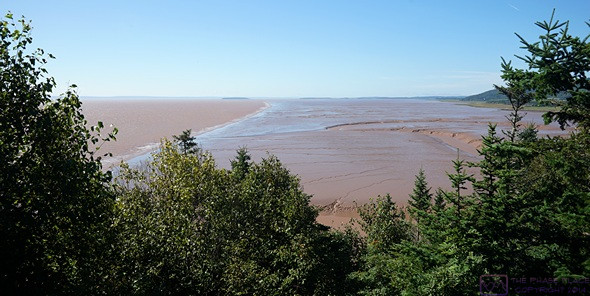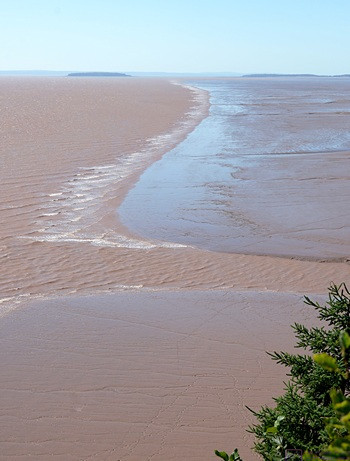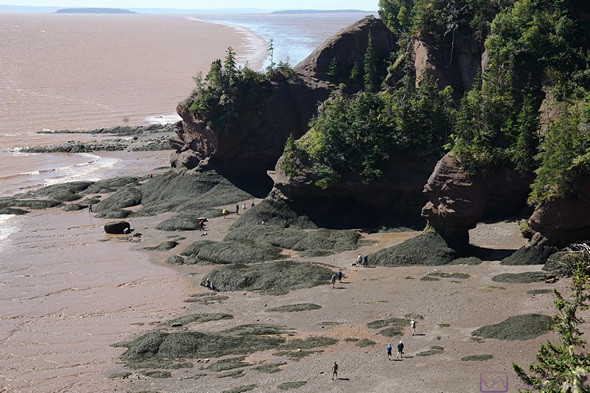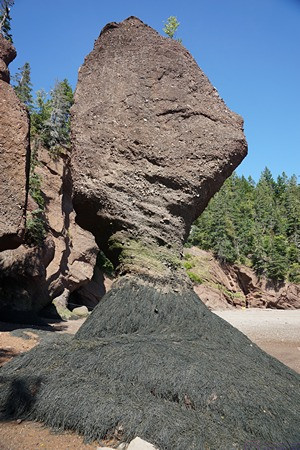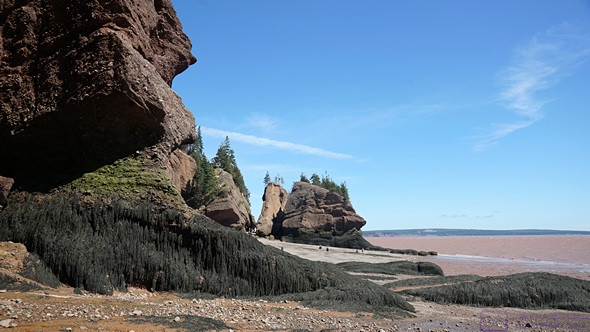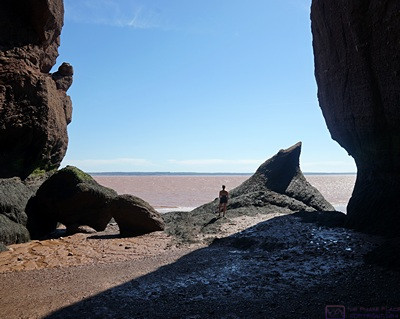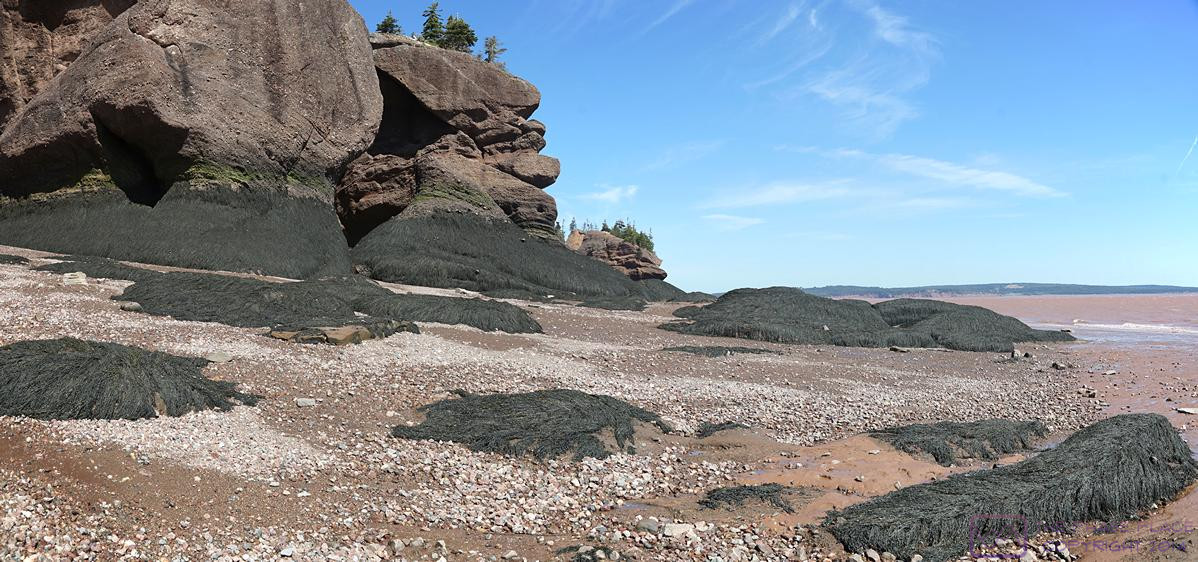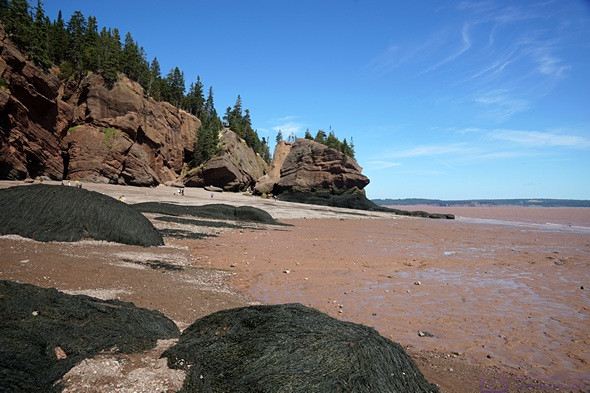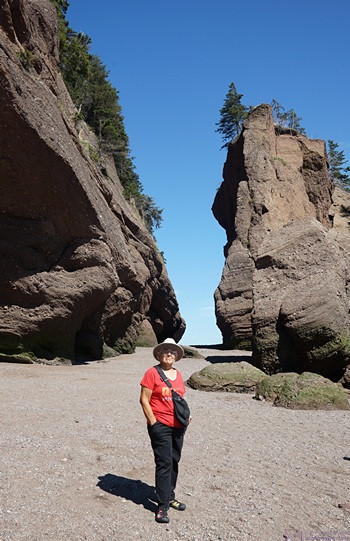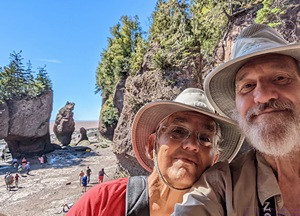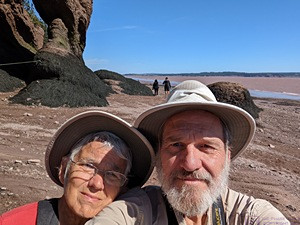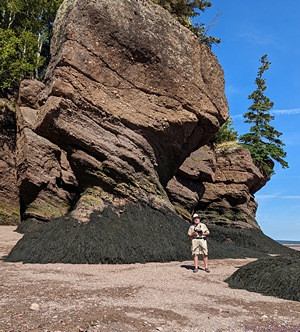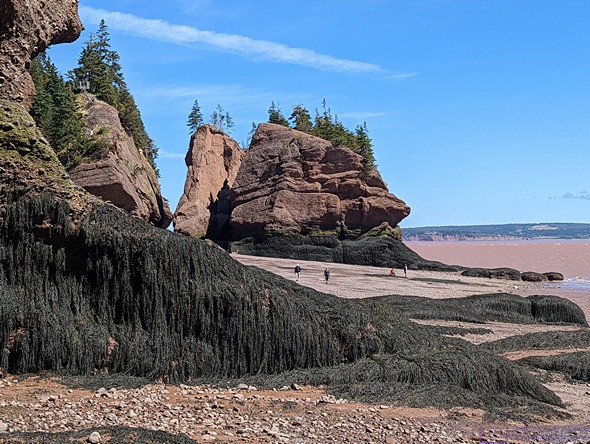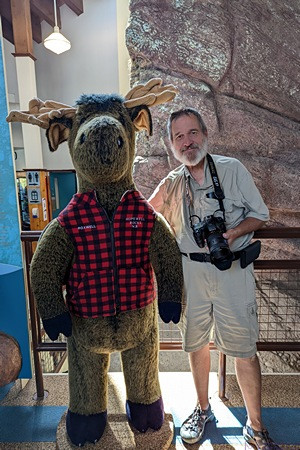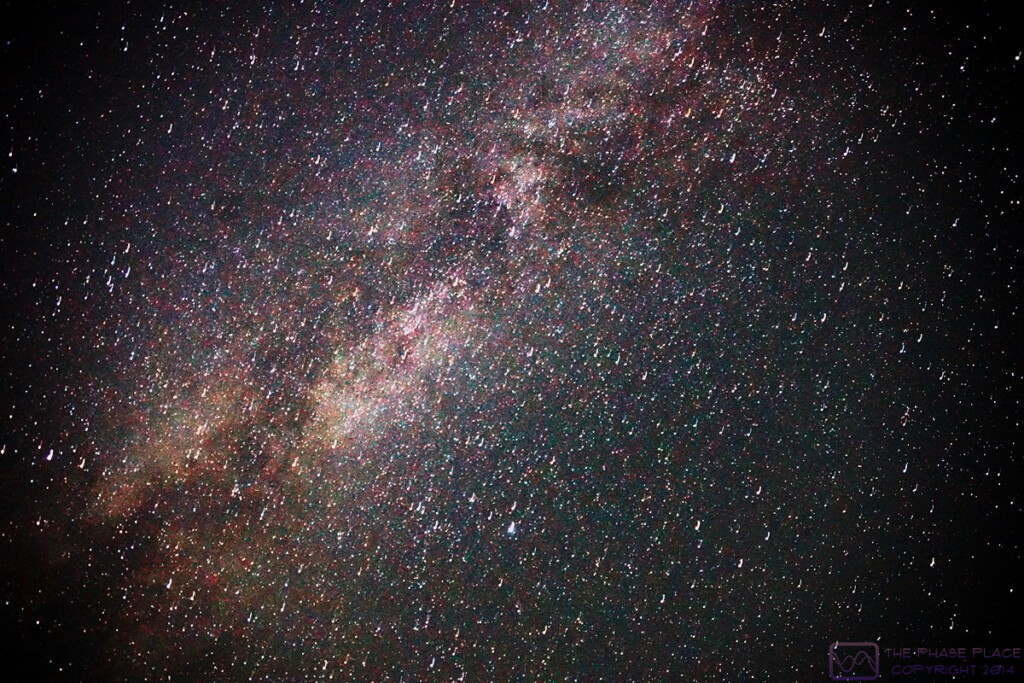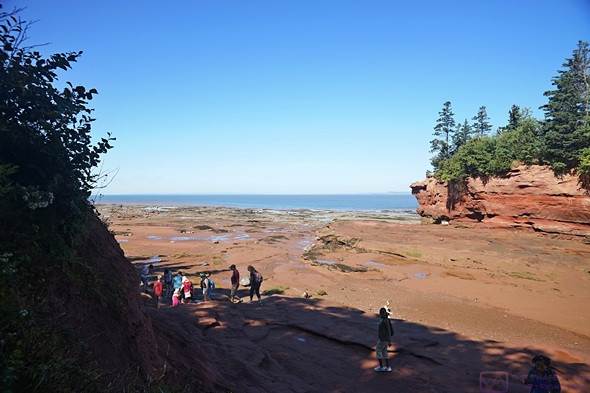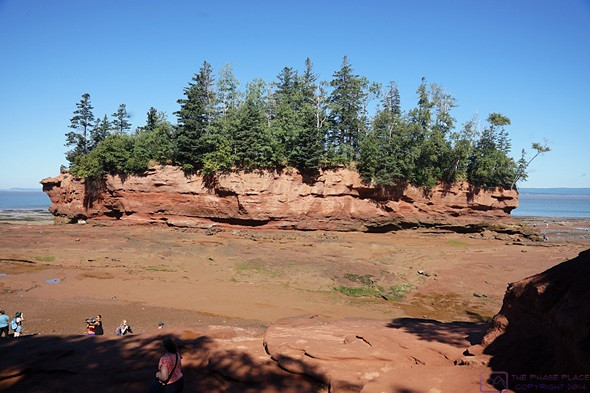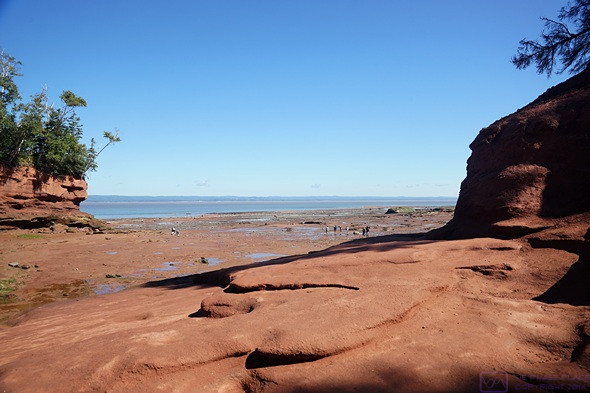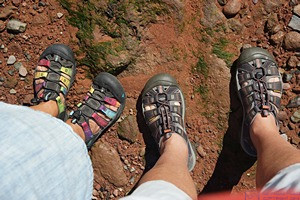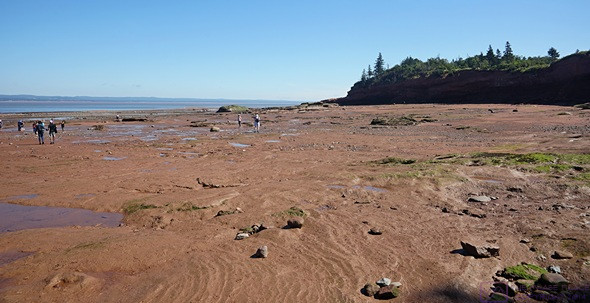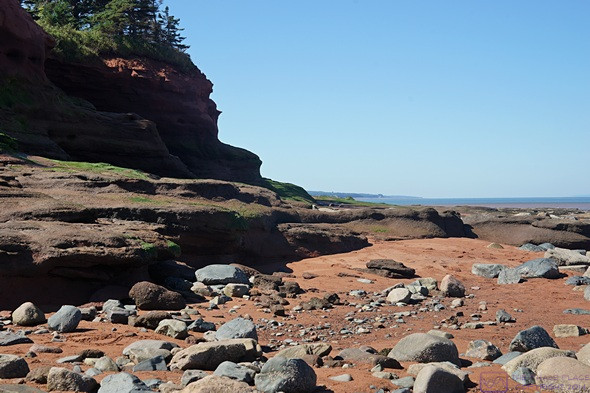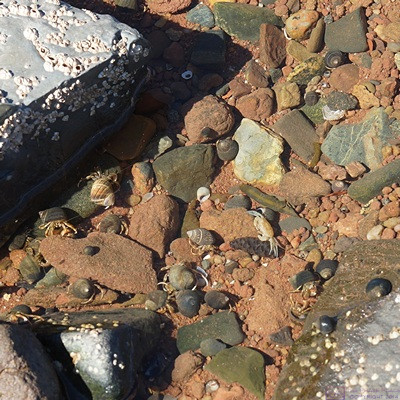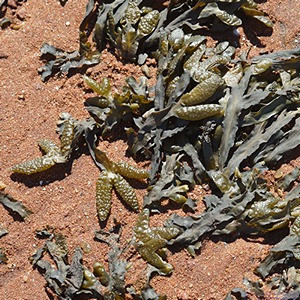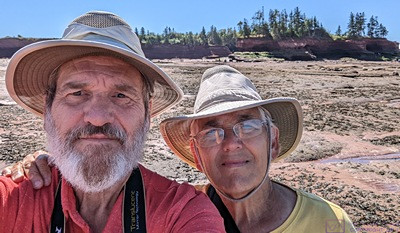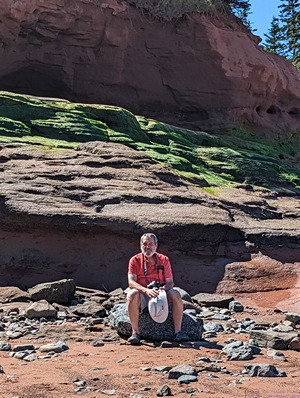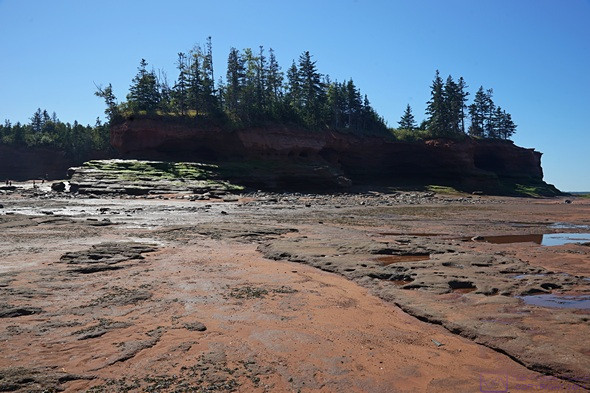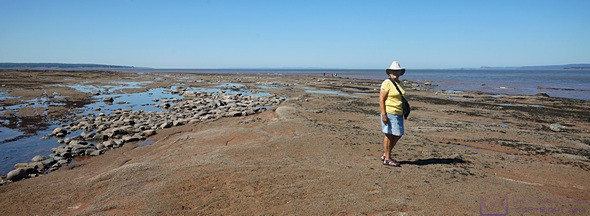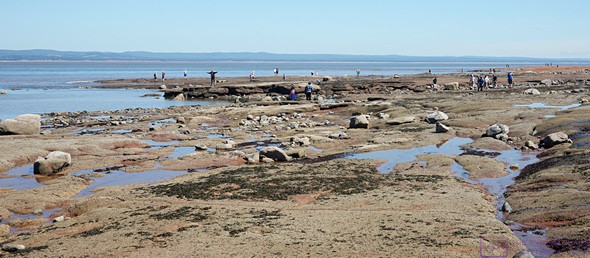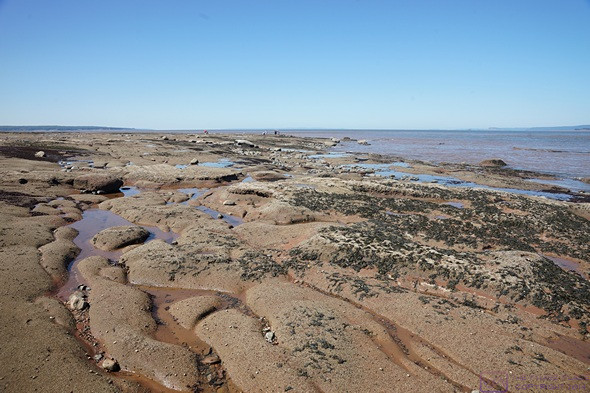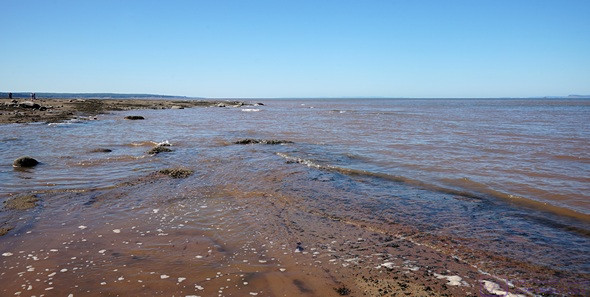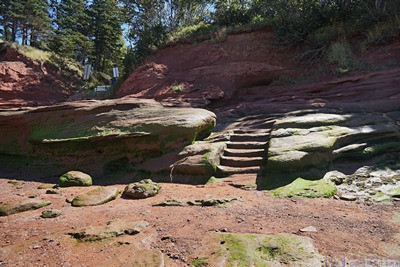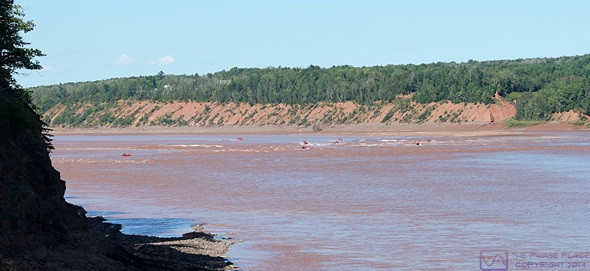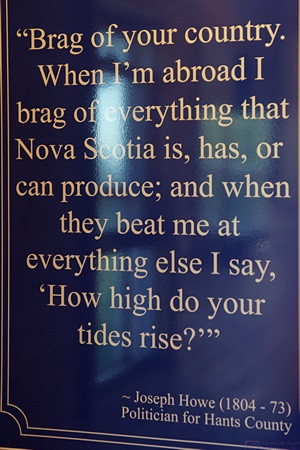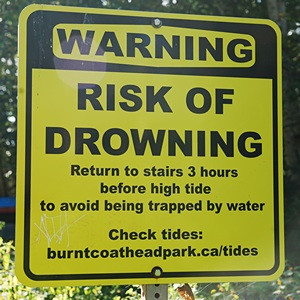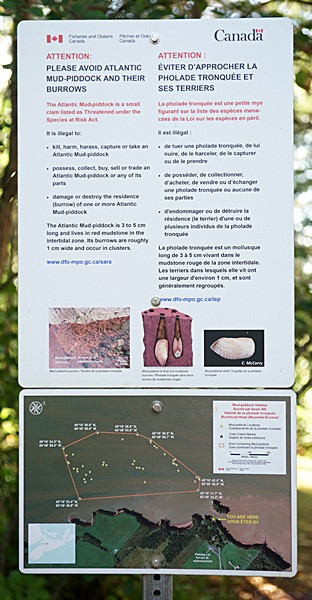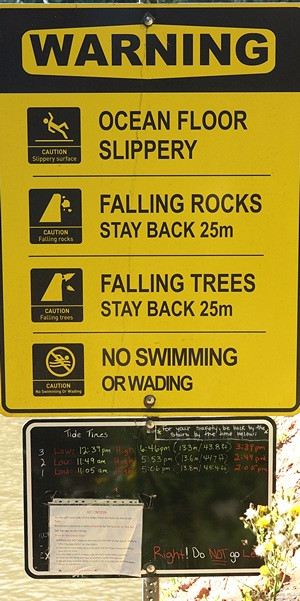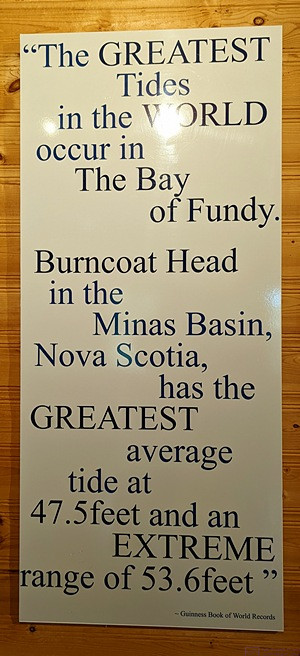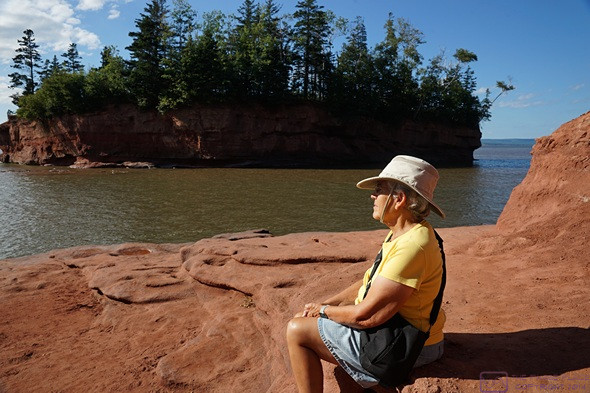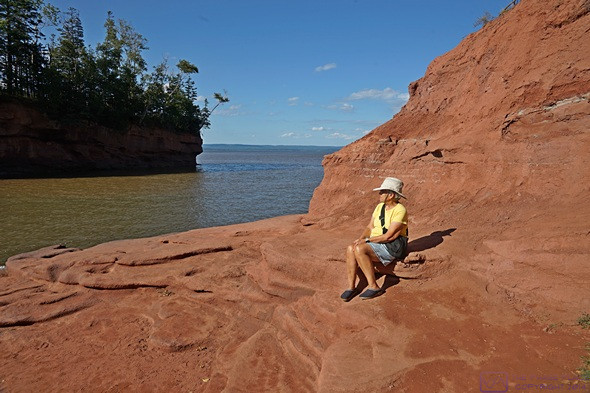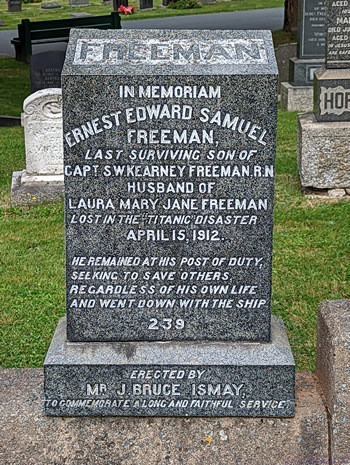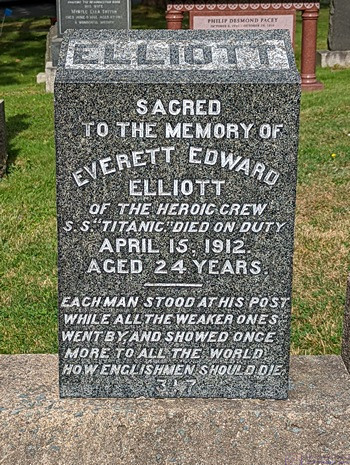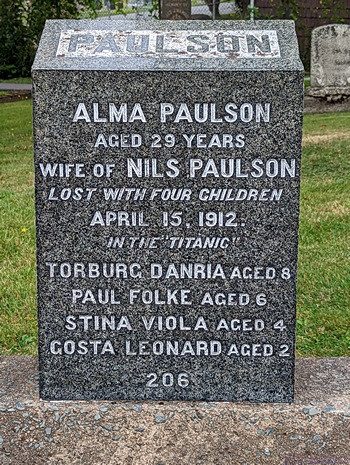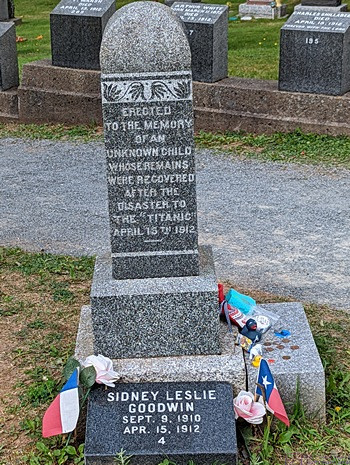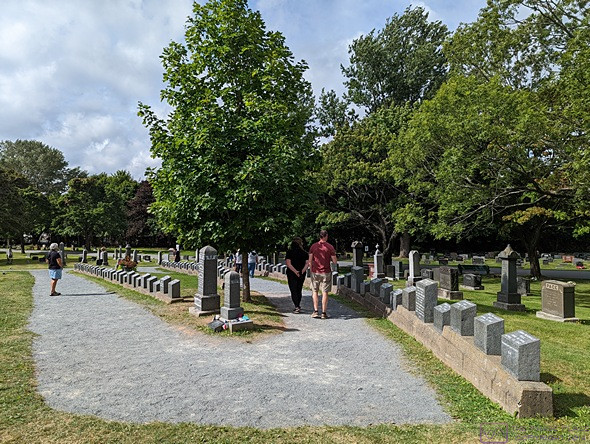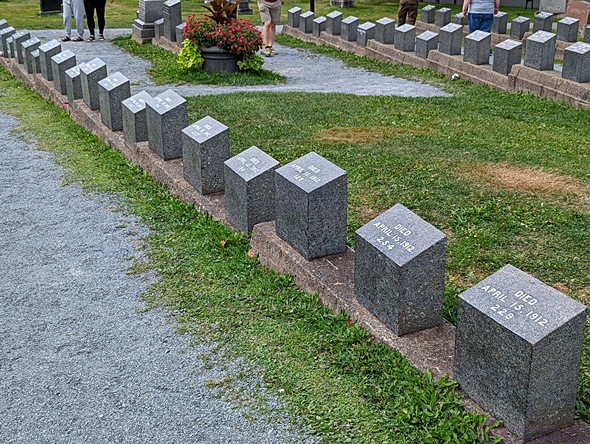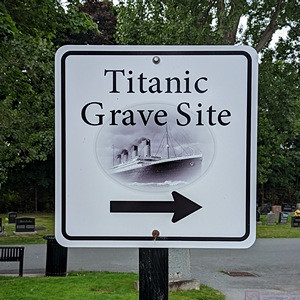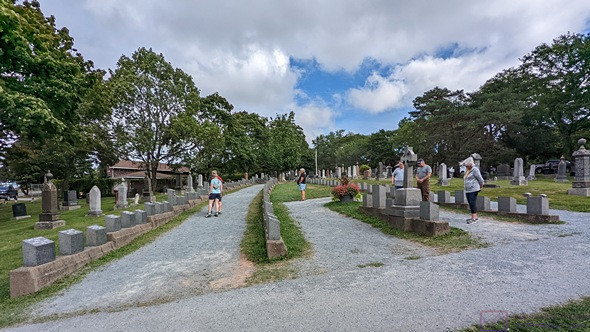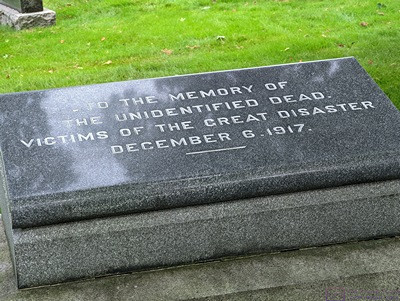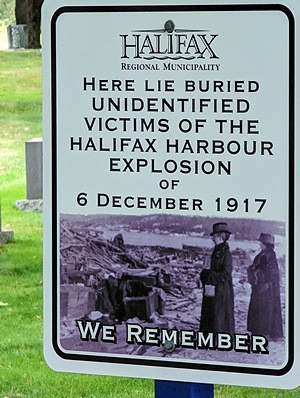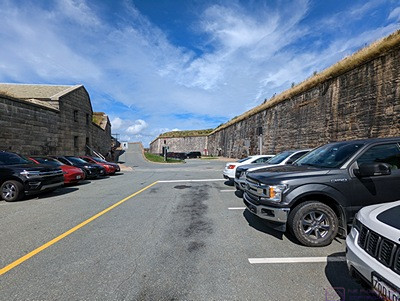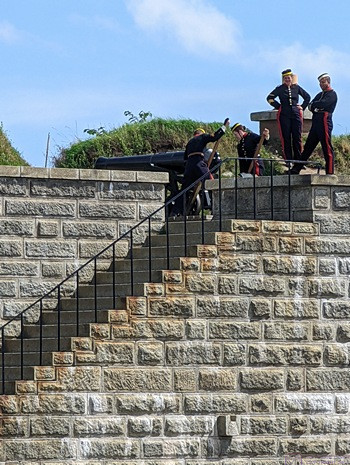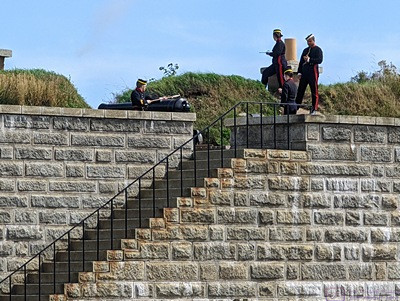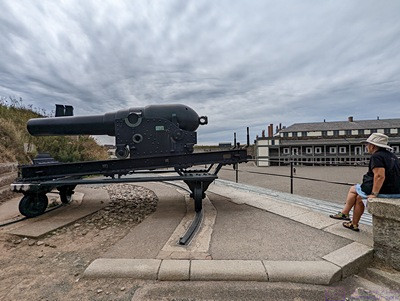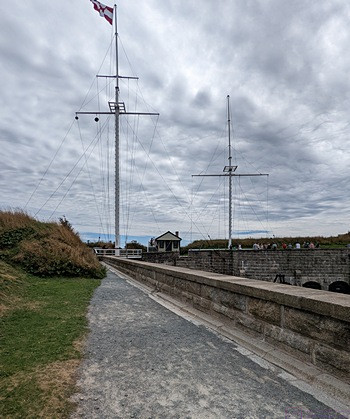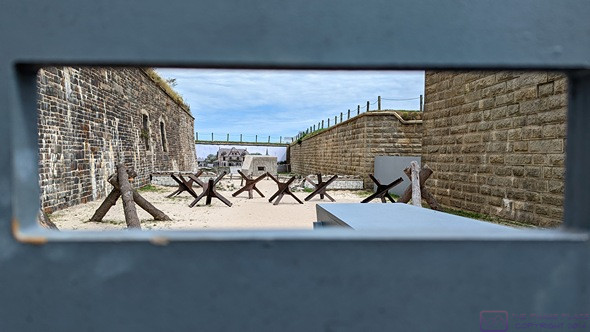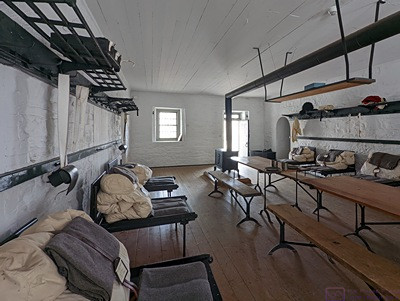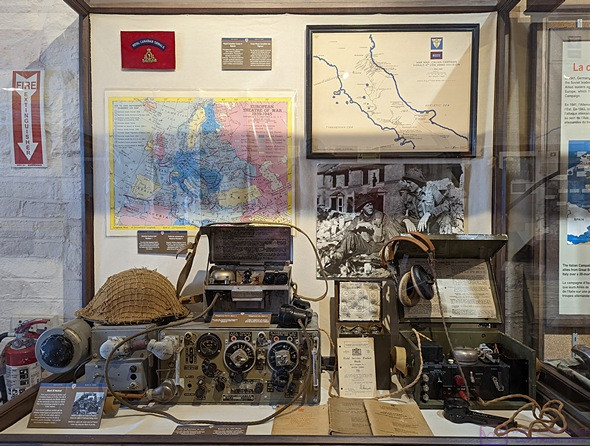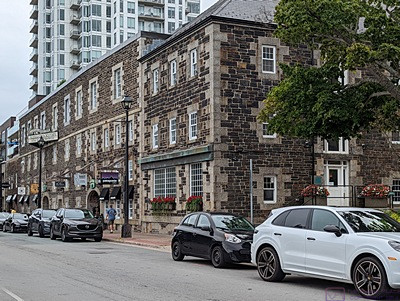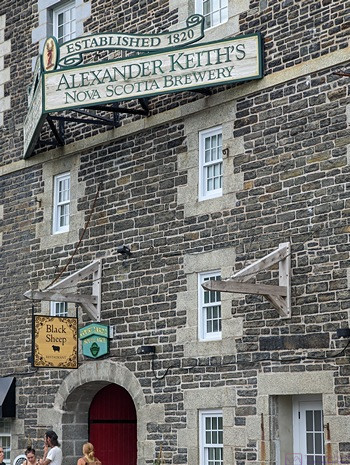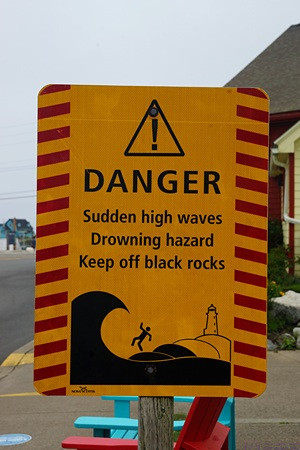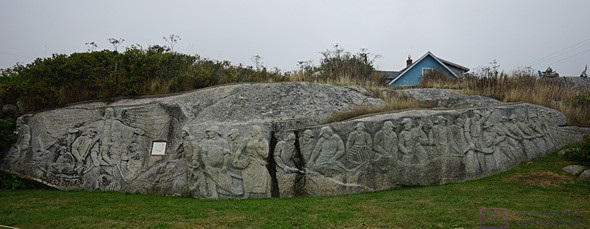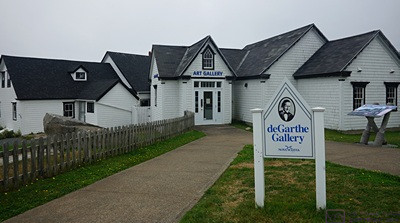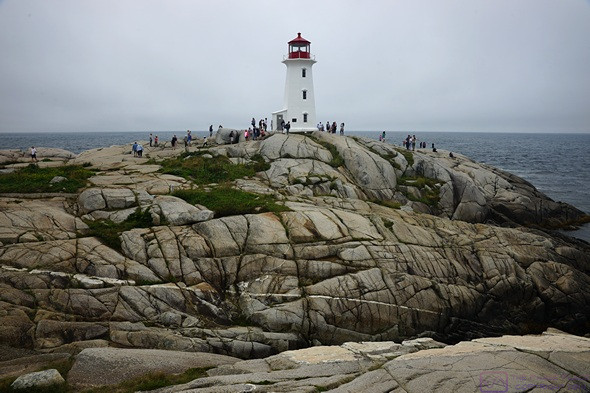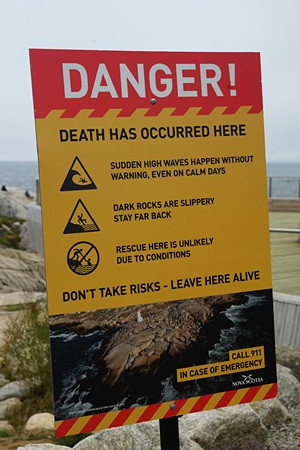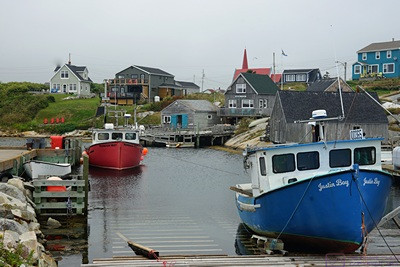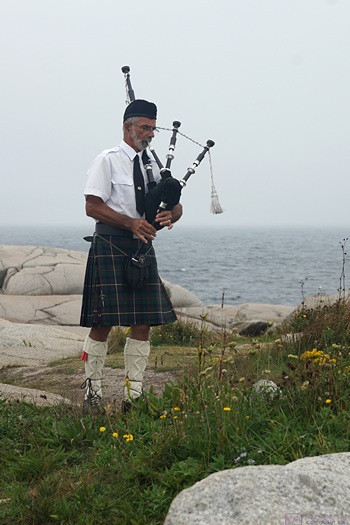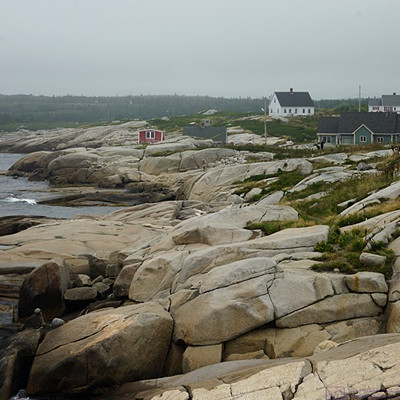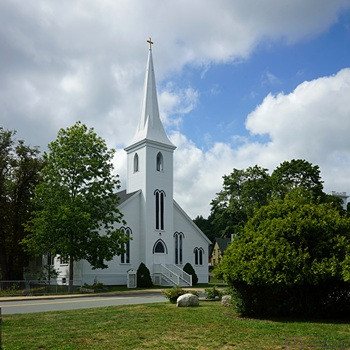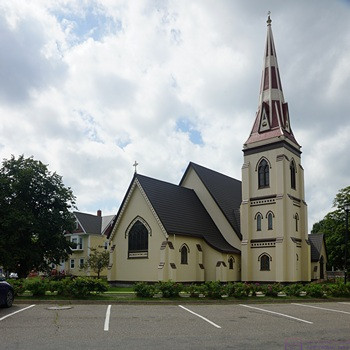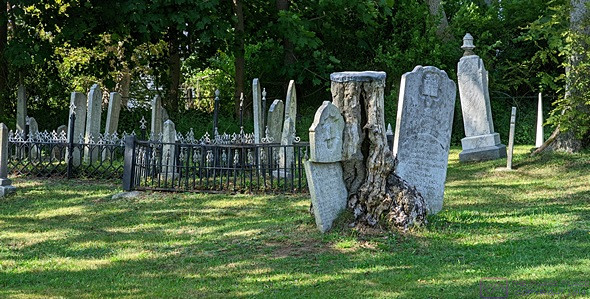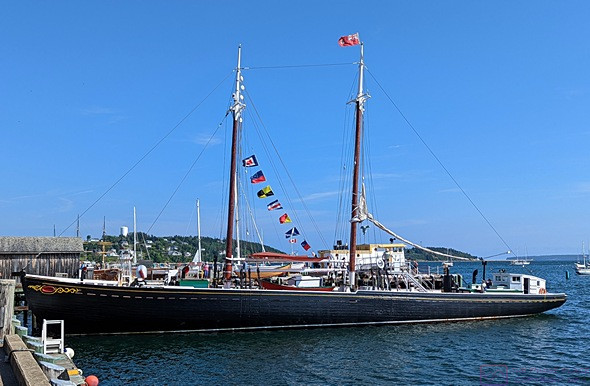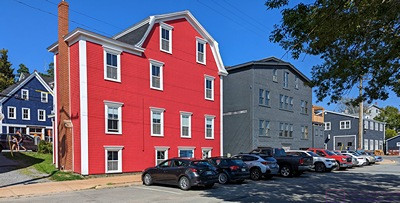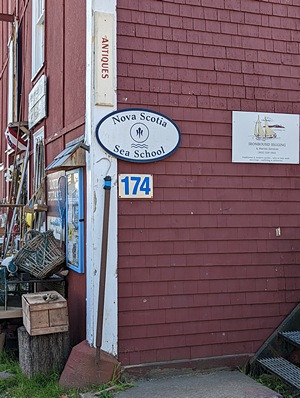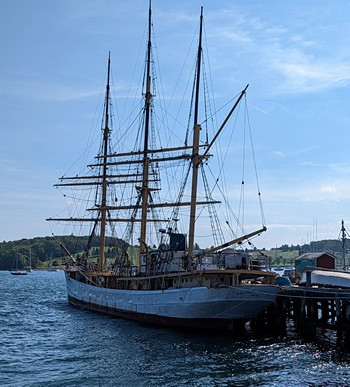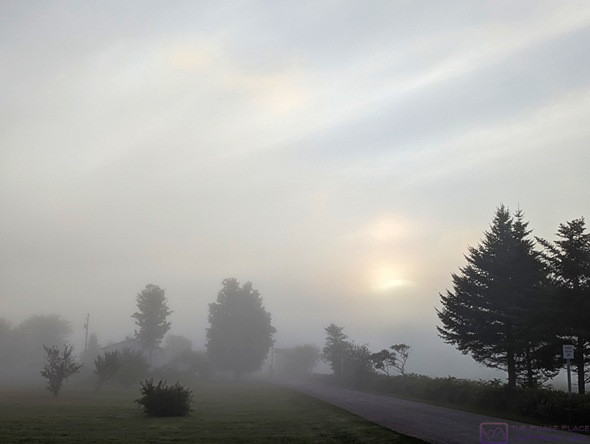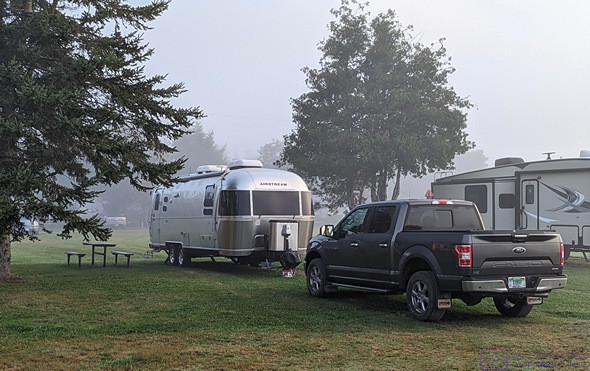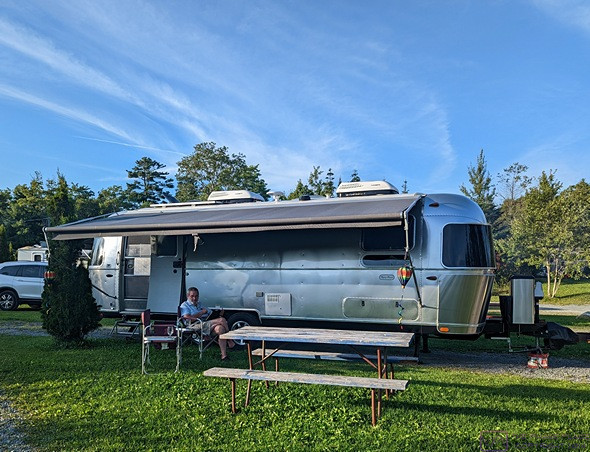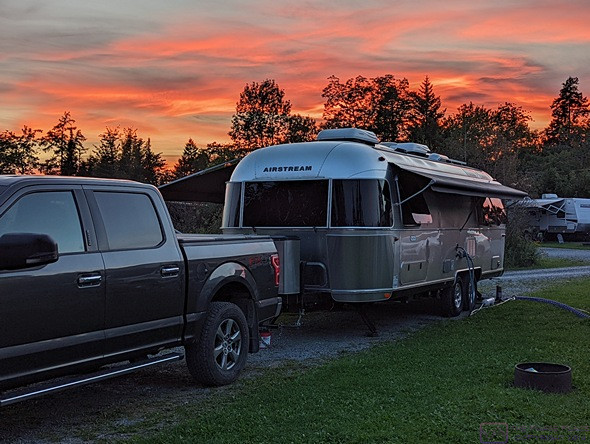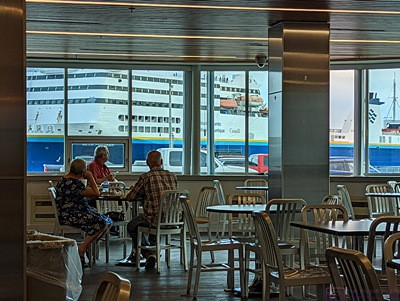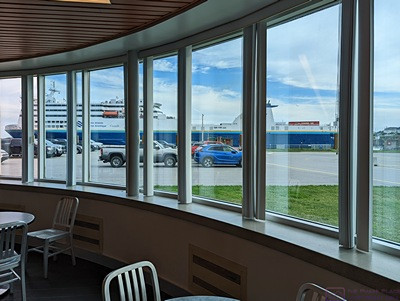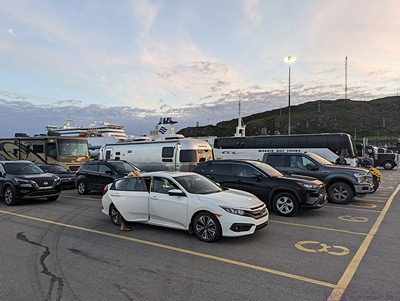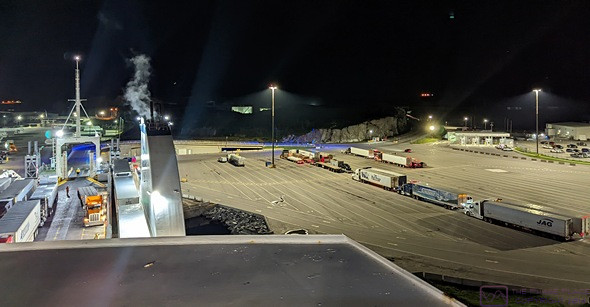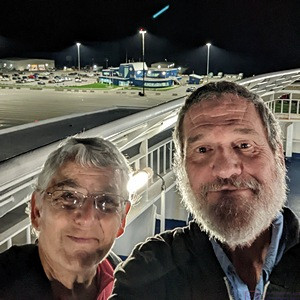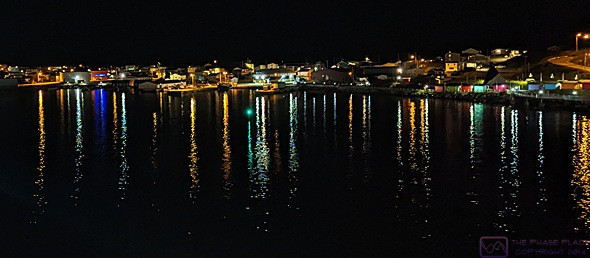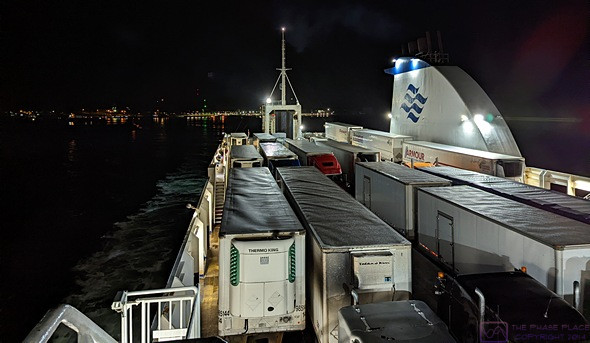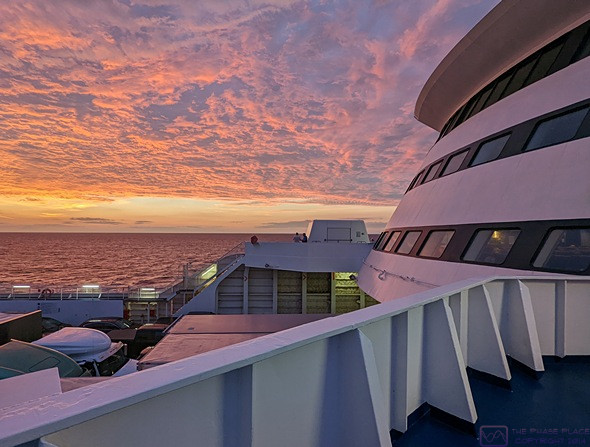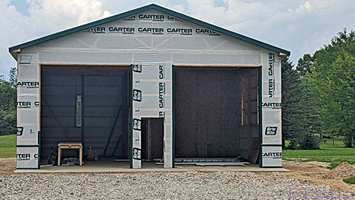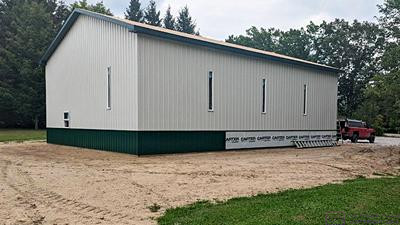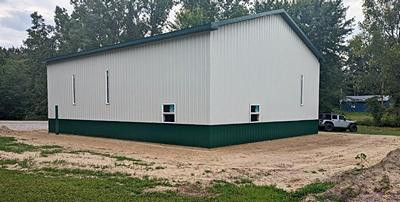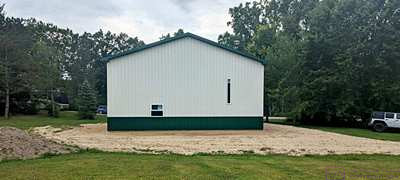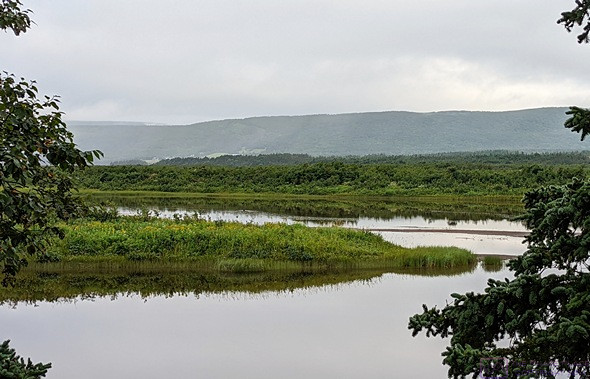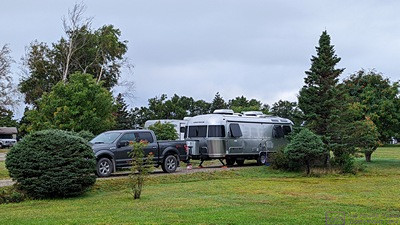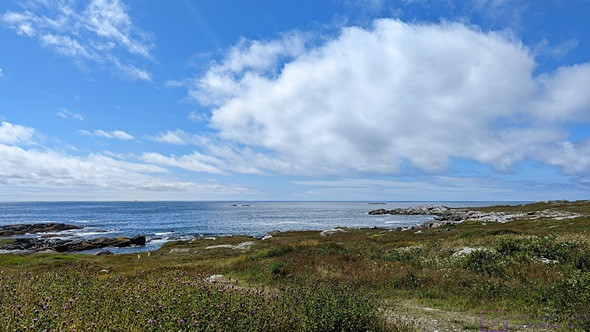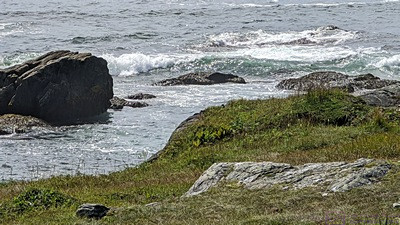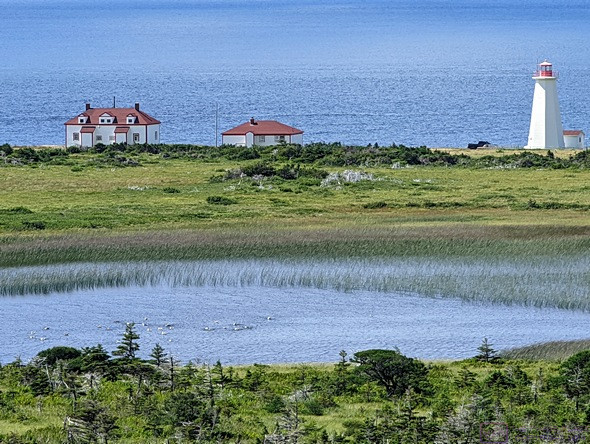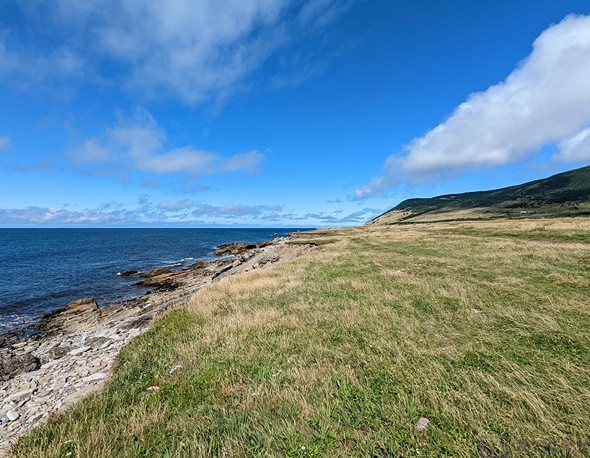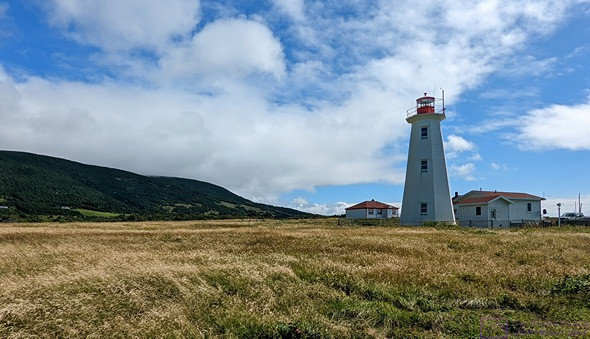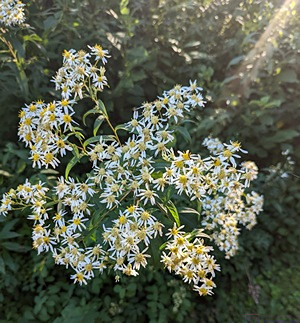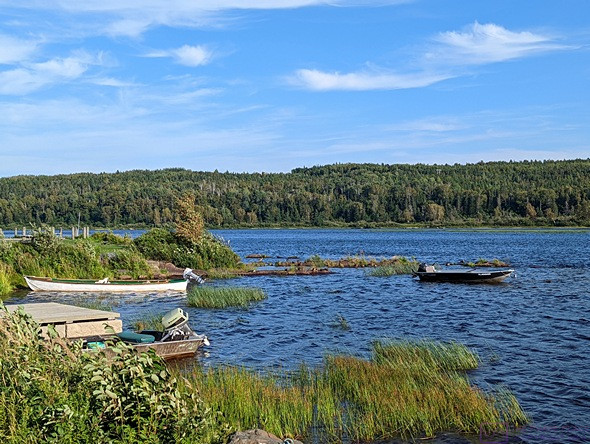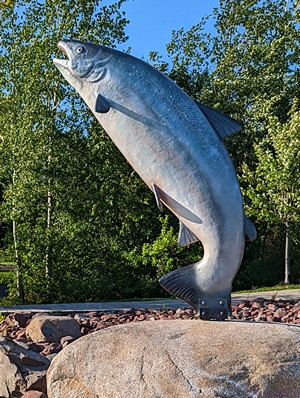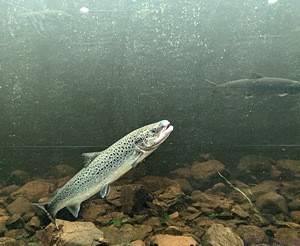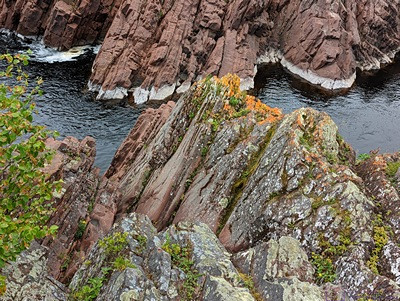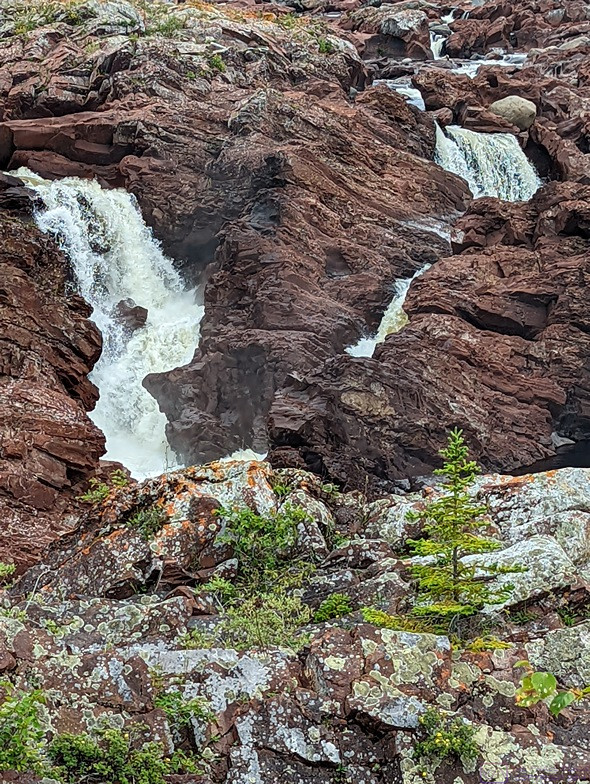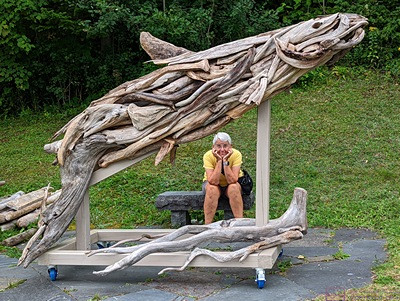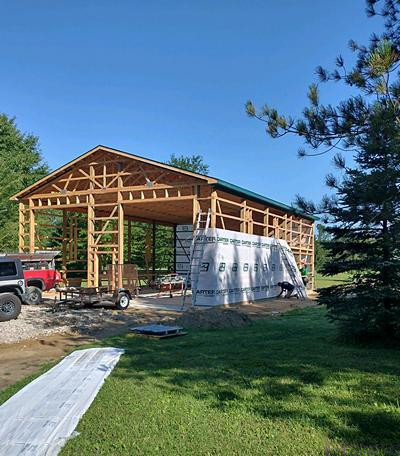THURSDAY 22 September
(There are 9 photos in this post. All of them were taken with a Google Pixel 6 Pro smartphone.)
I was up later than I intended last night. As I was thinking about going to bed, it occurred to me to check for updates from Microsoft. Normally these are available on the 2nd and 4th Tuesdays of the month (security and general, respectively). I had installed the security updates last week (the 13th ) as soon as the were available (and I had enough Internet connectivity to do it). The 20th was only the 3rd Tuesday, but there was an “optional” preview update available, which was effectively an early release of an update I was going to get eventually anyway. Even with the relatively good Internet we have through our Verizon Mi-Fi hotspot, the download and installation took about 30 minutes. I worked on puzzles while I waited.
We were both out of bed by 7:30 AM, had our morning coffee, and had some of Linda’s homemade granola with fresh fruit for breakfast. We have managed to stretch the granola this far in the trip by not having it very often, so it’s a real treat when we do.
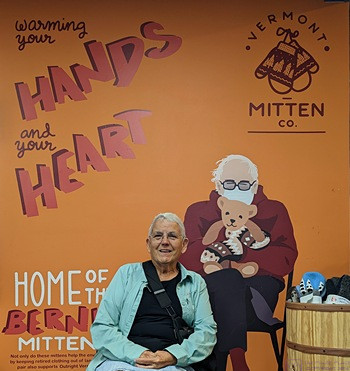
At the Vermont Teddy Bear Company, Linda finally got to meet Bernie Sanders (sort of). Picture inserted on the left, of couse.
Even though we were here for one more full day and night, our waste tanks were starting to fill up, especially the grey water tank (75% full). We both wanted to take showers before going out today, so I partially drained the grey water tank back to 35% of full. We will get it back up to 70%+ before dump tomorrow as the tank rinse themselves out better the more water they have in them.
Today was our last full day in Vermont for this trip, and we had three and half-and-a-half things on our agenda, all in and around Burlington. There was still a threat of rain, but the weather was otherwise acceptable, and the clouds were pretty amazing, so not a bad day at all for driving around and doing a mix of inside and outside things. It was cool, however, and temperatures would be dropping from 4 PM on, so we dressed in layers and took our warm hoodies and raincoats. Given the weather forecast and the timing for our last destination, we left camp at 11:30 AM.
Even though we were camped between Stowe and Waterbury, with the highest mountains in Vermont between us and Burlington, the area was surprisingly easy, and quick to access. The first part of our route was VT-100 south to Waterbury (~7.5 mi) to get on I-89 N to I-189 (~19 mi), and then a short drive on I-189 to its terminus at US-7. From there, about 8 miles south on US-7 and we were at the Vermont Teddy Bear Company in Shelburne, Vermont. US-7 through Shelburne was 35 – 45 mph with lots of stoplights, but most of I-89 was posted 65 mph, so trip only took about 40 minutes.
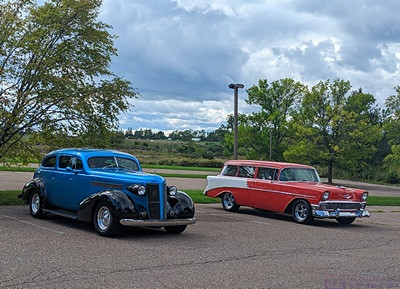
I was fairly sure that the blue care on the left was a Lincoln Continental, but no idea what year. The orange and white station wagon on the right was either a 1956 or 1957 Chevrolet Bel Air. (My first car was a 1957 Chevy that I got from my parents in 1968 when I turned 16 and passed my driver’s test. They got it from my maternal grandfather, who bought it new.)
The drive up I-89 was new for us, and was especially beautiful as it ran along-side the Winooski River through a long valley. As a bonus we saw two mature Bald Eagles. They were a mile or so apart, but we figured that was close enough together that they were probably a mated pair.
Like Ben & Jerry’s Ice Cream, the Vermont Teddy Bear Company is an iconic American business and a fun place to visit and shop. You can buy Ben & Jerry’s ice cream in supermarkets, and you can buy Vermont Teddy Bears online, but it’s just more fun to do it in person if you can. Our shopping concluded, we headed back to the truck and saw a couple of beautifully restored old cars in the parking lot. (Over the course of the afternoon we saw several more classic cars, and figured they were headed to a meet, probably at the Champlain Valley Expo Center in Essex Junction, Vermont. The Expo Center was the location for the summer 2016 Escapade rally (Escapees RV Club). We were there as volunteer staff, Linda in the office and me as the official photographer.
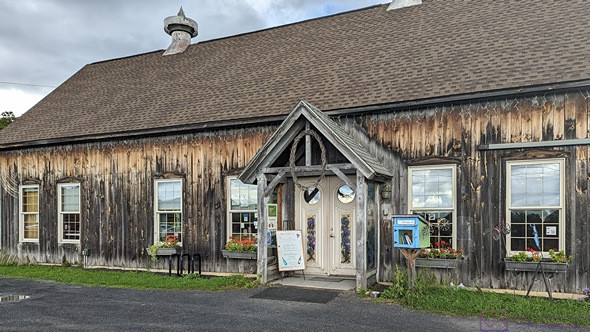
The entrance to the tasting room at Snow Farm Vineyard & Winery, South Hero (Crescent Bay) on Grand Isle, Vermont. The outside of the building had a very rustic charm, but the inside was modern.
Before leaving the Vermont Teddy Bear Company parking lot, we set our next destination in the F-150 navigation system; Snow Farm Vineyard & Winery on Crescent Bay in South Hero, Grand Isle, Vermont. Our route was US-7 north to I-189 east to I-89 north to US-2 west, and then several small roads once we were on the island. Grand Isle is one of the Lake Champlain Islands that occupy the middle of the north half of Lake Champlain, but are on the Vermont side of the border with New York. Grand Isle was the southernmost of these islands, lying northwest of Burlington and east of Plattsburgh, New York.
I did my Air Force Reserve Officer Training Corps field training at Plattsburg Air Force Base in the summer of 1975 (ABIR), but have not been back to that part of New York since then. The 5,000-acre base was decommissioned and closed in 1995, and then redeveloped. This Wikipedia entry gives the pre-military, military, and post-military history of the base:
https://en.wikipedia.org/wiki/Plattsburgh_Air_Force_Base
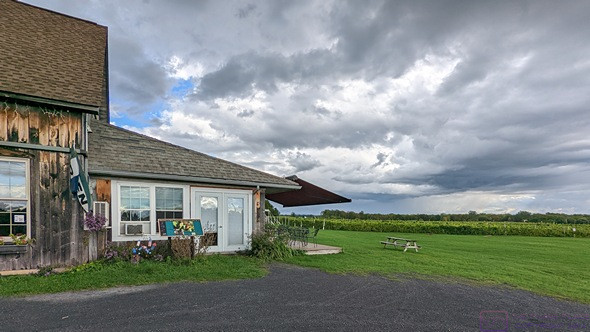
The right end of the main building, with the vineyard beyond. Snow Farm Vineyard & Winery, South Hero (Crescent Bay), Vermont.
We selected Snow Farm Vineyard and Winery to visit for several reasons. A main one was that they were open every day from 11 AM to 6 or 7 PM (depending on the season), which allowed us to plan a visit. (Many of the wineries we checked were closed Monday through Wednesday and opened at 5 PM on Thursday, which didn’t work for us.) We had also looked at their wine offerings online, and saw that they used grape varieties with which we had little or no acquaintance. We are not wine aficionados by any measure, but we know what we like and are always looking for something different that appeals to us. Finally, we just thought it we be nice to visit the island, and maybe see one of the “fairy castles.”
Founded in 1996, Snow Farm was the oldest commercial grape vineyard and winery in Vermont. They only sold wines that they made, and they only made those wines with grapes that they grew, and that as the kind of winery we like best. Most of their wines were finished dry or off-dry, with a few slightly sweeter ones, as well as a late harvest Vignoles and an ice wine.
The wine tasting process was a bit different from what we usually encounter, but in a good way. Four wines for $5 or eight wines for $9, selected from their available stock (with a couple of exceptions). We each had a 4-wine flight; reds for Linda and mostly whites for me. Suitably small quantities of each wine were poured into small, stemless wine glasses which were set in a “paddle board” with indentations for each glass, dry to sweet, starting from the handle. This allowed us to carry the board to a table and sit down while tasting them. Two of their wines were sparkling, fermented in the bottle (champaign style). We did not include it in our flights because we thought we couldn’t (we were wrong), but they allowed us a small cup to taste (think ketchup cup at MikeyD’s.) We bought a box of Carr’s table water crackers to cleanse our palette between wines.

On our way back to US-2 from Snow Farm Vineyard & Winery we saw this “Fairy Castle,” one of six on Grand Isle, most in the South Hero area.
We bought four bottles of wine: Snow White (one of the original Snow Farm wines, a blend of Cayuga and Seyval Blanc grapes); Fox Hill Maple (a sweet blend of Seyval Blanc and maple wine produced from maple syrup made from the sap of the maple trees behind the winery) ; Pétillant Naturel, or Pet Nat, made with Seyval Blanc grapes and bottled before complete fermentation. It is unfiltered and the natural yeast sediment can be shaken into the wine and consumed, or the wine can be poured off the sediment., and; 2021 25th anniversary Late Harvest Vignoles. They also gave a small sample of the Vignoles before we decided to buy it. We have picked up an occasional bottle of wine at the supermarket or state/provincial beverage store to have with diner, but we are transporting all of the wines we have purchased from wineries back home to re-stock our wine refrigerator and provide a reminder of where we were when we tasted and purchased them.
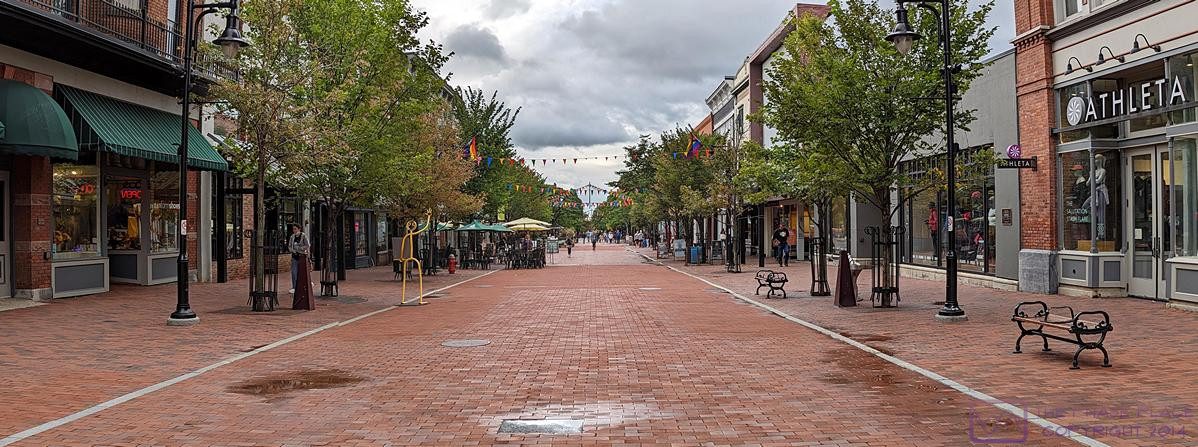
A composite image from three photos of the Church St. pedestrian corridor, looking south from the north end at Pearl St.
Our final destination for today was Revolution Kitchen at 9 Center St. in downtown Burlington. We left Snow Farm around 3 PM and were parked in the Main Street Lot at the intersection of Main St. and S. Winooski Ave, next to a Burlington Fire Department Station, by 3:30 PM. It was a pay lot, $1.50 per hour. Credit cards accepted. Just enter your license plate, and get your receipt.
It was a short walk from there to the restaurant, but our reservation was at 5 PM, which was when they opened. One block to the west, however, was Church St., which had been turned into a pedestrian corridor from Main St. all the way north to Pearl St. Linda knew this corridor was here, and wanted to walk it before dinner.
It was not our first time in Burlington, but it was the first time we had time to walk the pedestrian friendly city. The Church Street corridor was surprising devoid of people, but it was a somewhat dreary day. There was an interesting assortment of shops, including food and beverage establishments, but most of the bars and restaurants were closed today, or did not open until 5 PM, which partially explained the light crowd. We strolled through a few of the shops (to get out of the damp and cool for a few minutes) but spent some time in Fjallraven, a high end Swedish outdoor clothing store. They sold the kind of clothes that made us wish we were young enough, fit enough, and adventurous enough to justify the price by actually using them for the purpose for which they were intended. They were not busy, and we had a nice chat with the young man on duty.
This was not our first visit Revolution Kitchen. We dined there with Norah and Howie Glover back in the summer of 2016 when we were all working as volunteers at the Escapees RV Club Escapade Rally in Essex Junction, and remembered liking the food and the place. It’s a vegetarian / vegan restaurant that uses local ingredients. It was as we remembered it; Linda even remembered where we sat last time.
It’s a “small, wood-accented eatery crafting innovative vegetarian & vegan dishes from local, fresh, sustainable and organic ingredients.” While not an “upscale” setting, it’s a serious restaurant that required a reservation; not the bohemian sort of place that we usually find near college campuses. For the record, the University of Vermont campus was just on the east edge of downtown Burlington, a short walk from the restaurant.
We both had hot tea, to ward off a little bit of chill. For starters, we split the Kale Caesar Salad, which was very good. For our main dishes, Linda ordered the Seitan Picata while I ordered the Wild Vegetable Ravioli, but we each tried some of the other dish. Both of them were excellent. For dessert, we split a slice of chocolate layer cake with black raspberry “cream” filling between the layers. The cake was moist with a wonderful texture, even without the cream layers. Simply amazing.
Our paid parking was set to run out at 6:35 PM, but we were back at the truck from 6:20 PM. Main St. was also US-2, which was our route eastbound through the University of Vermont campus back to I-89 north. Sunset tonight in Stowe was 6:48 PM, so it was dark by the time we got back to camp around 7:20 PM. We were a bit later than that as we drove past the campground a couple of miles to the Irving filling station to top up the fuel tank in the F-150. We were back in our trailer by 7:45 PM and settled in for the night. For me, that meant processing the photos and writing the blog post for today, as well as putting the finishing touches on the post for yesterday. We noticed on the way in to the campground that it was considerably busier than it was on Monday and Tuesday.
…
